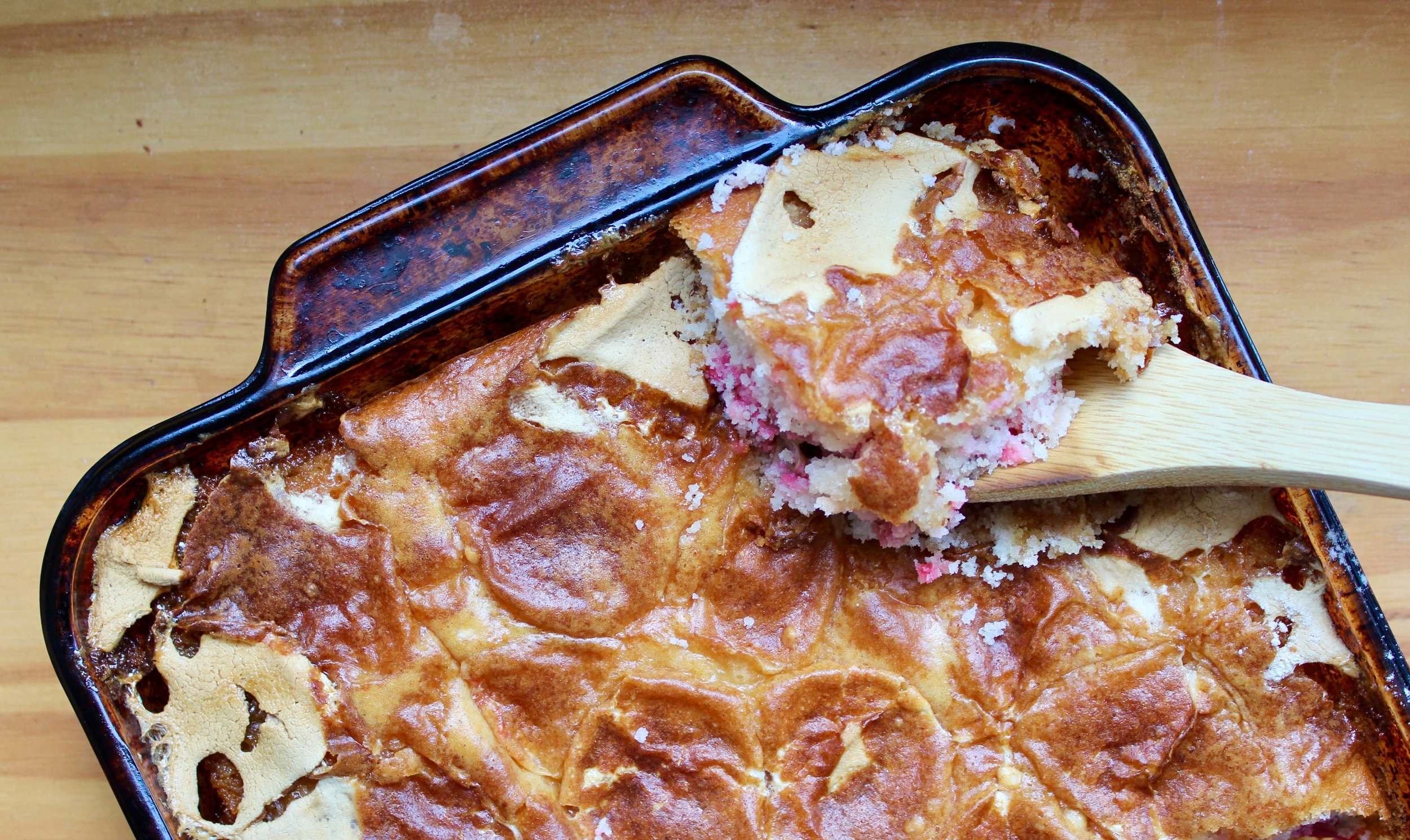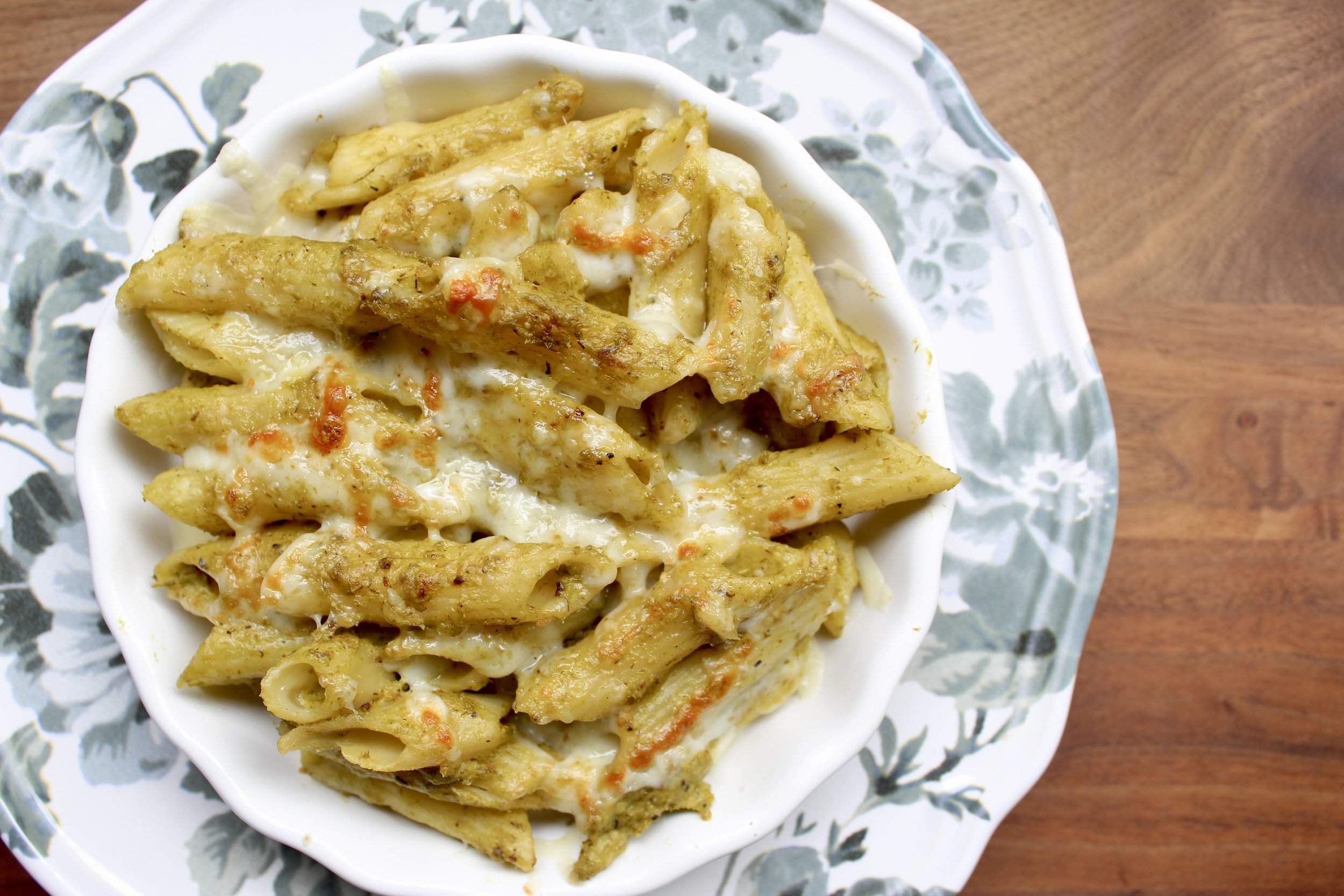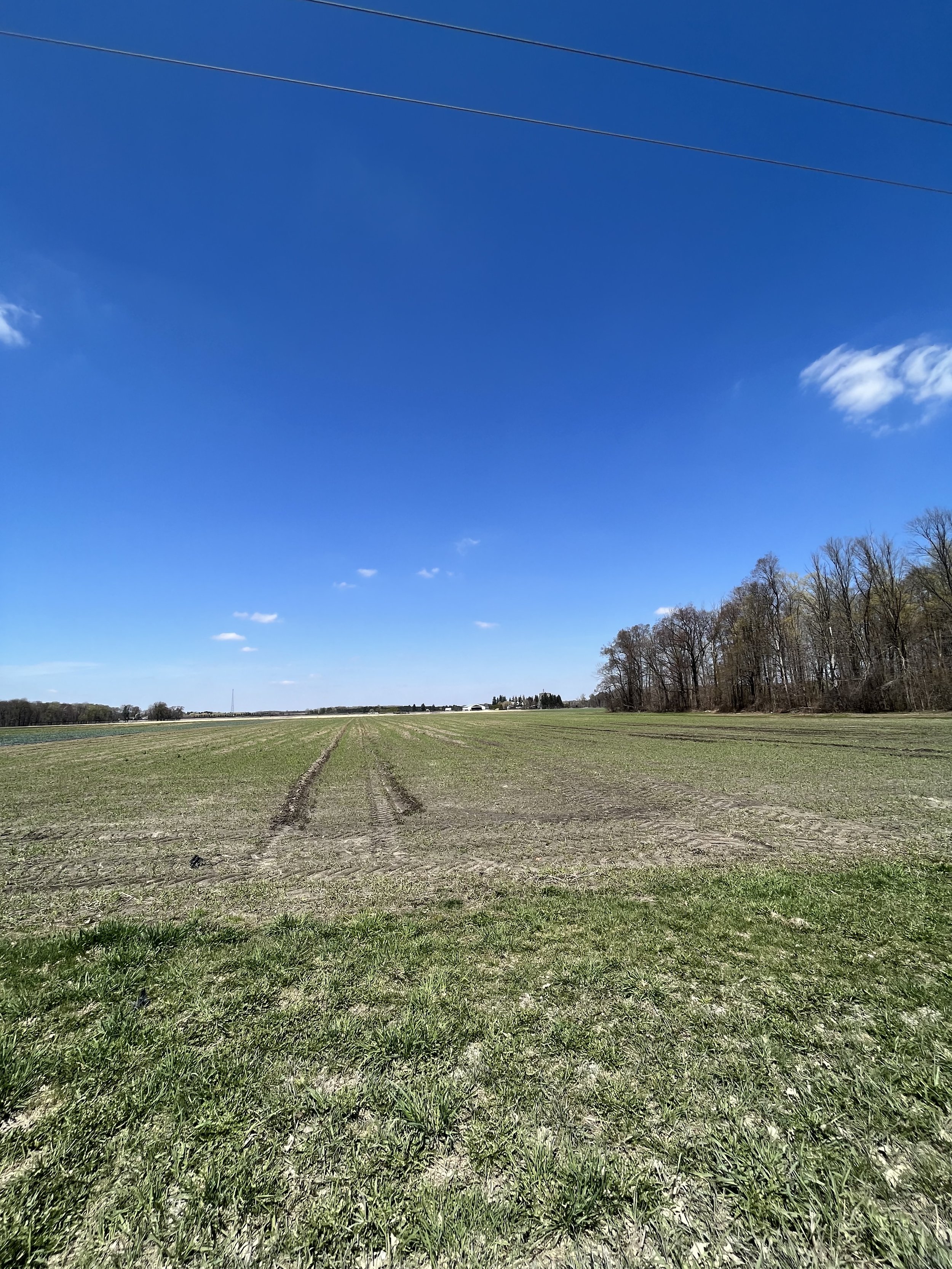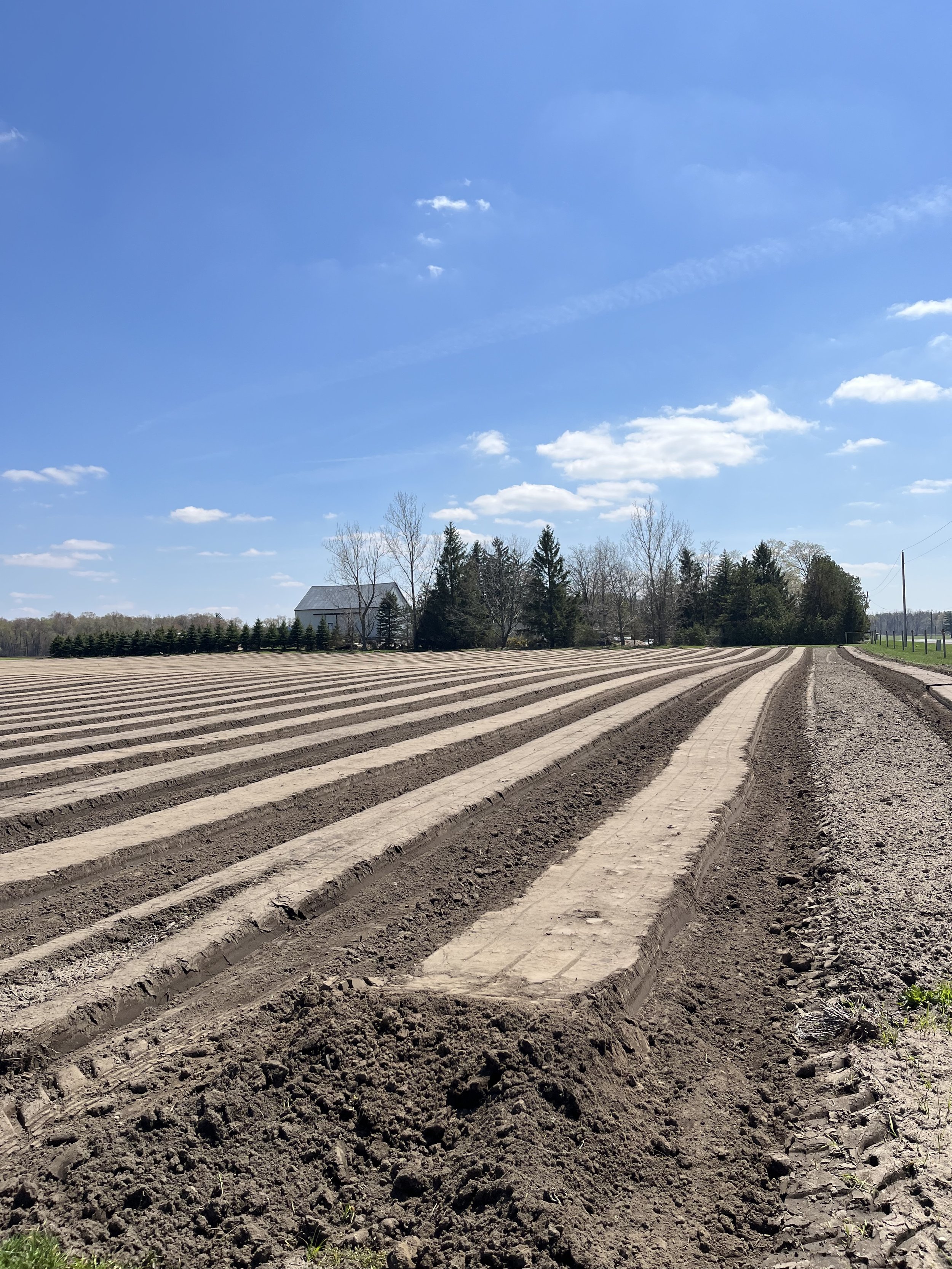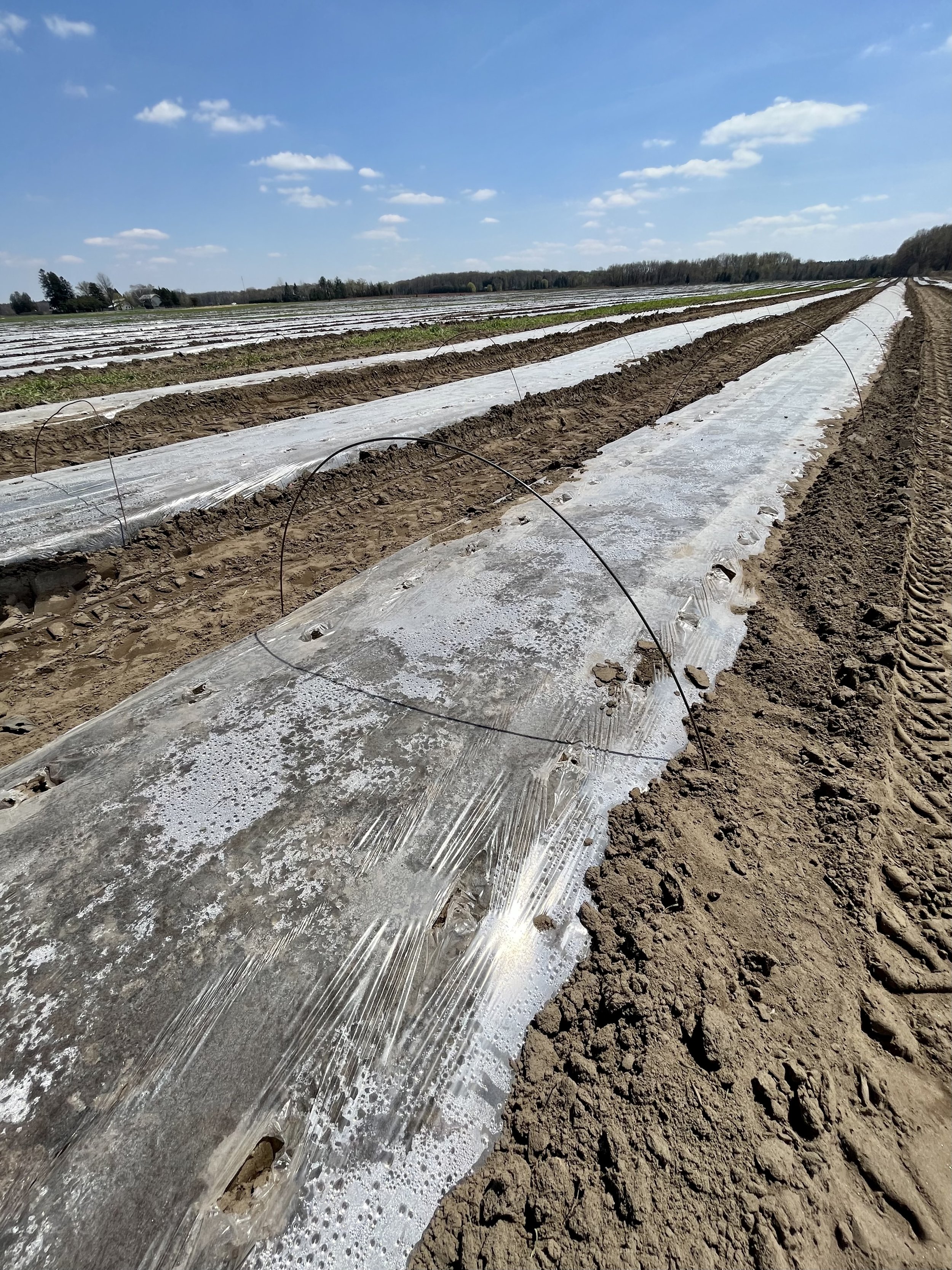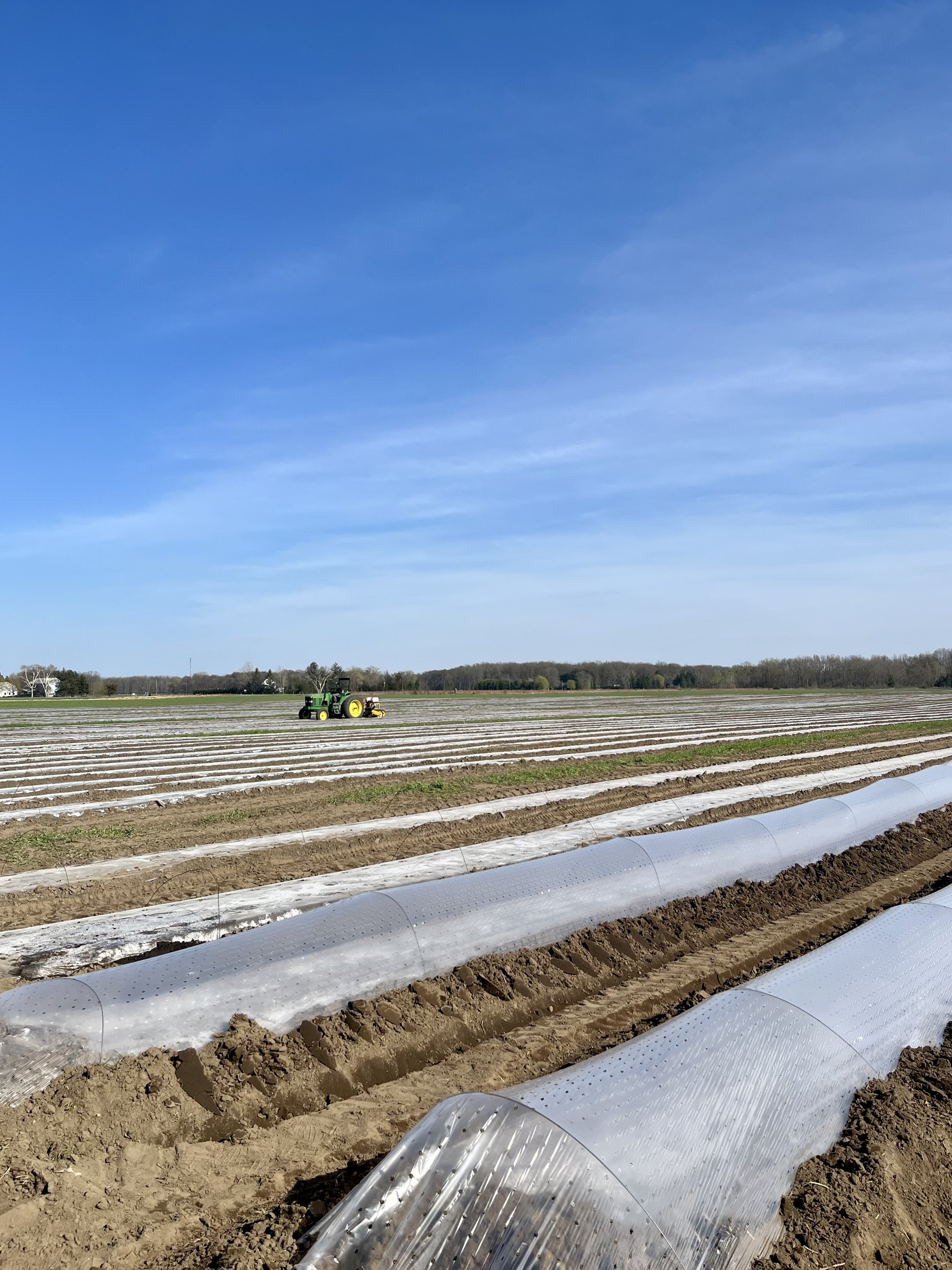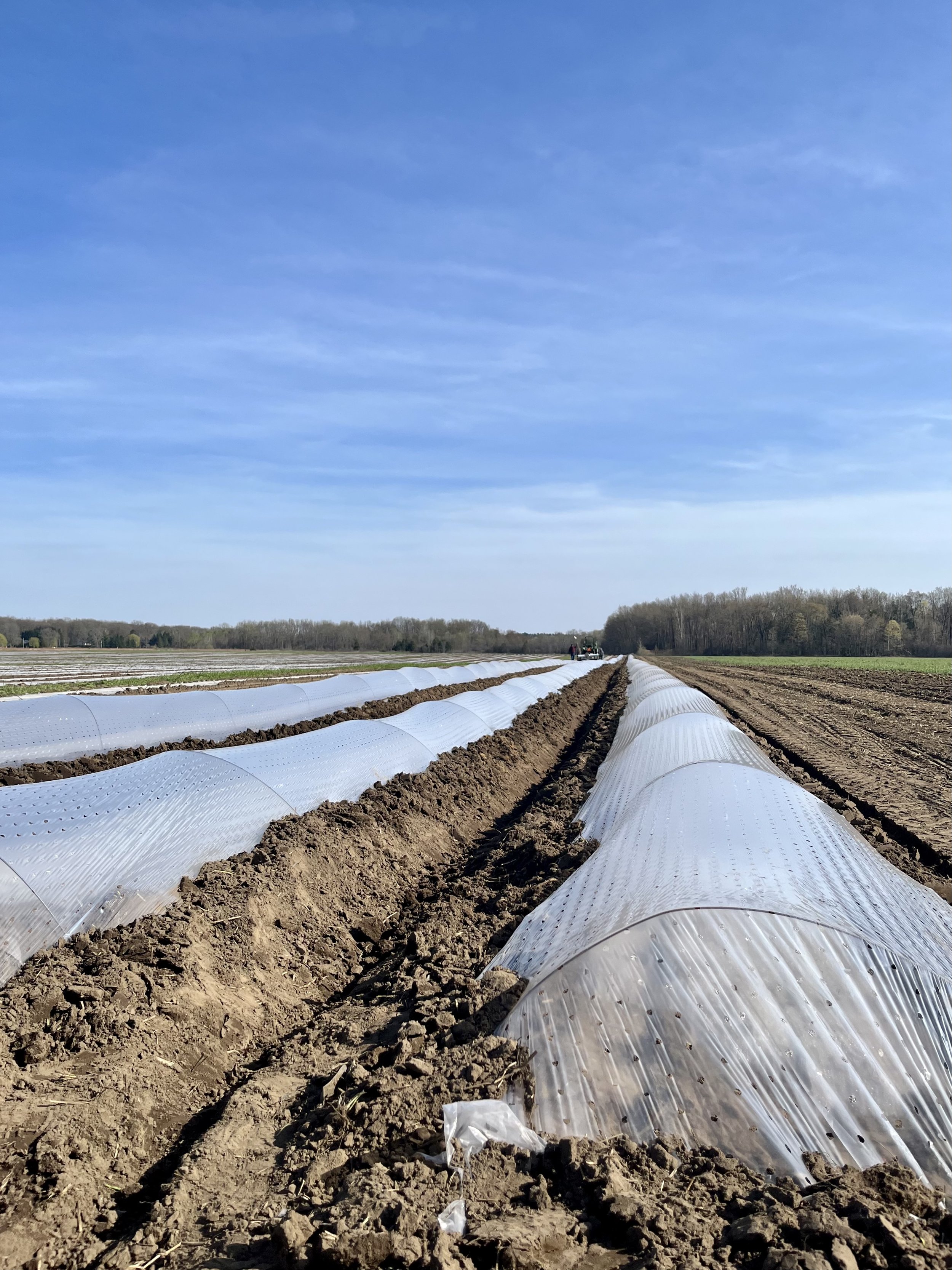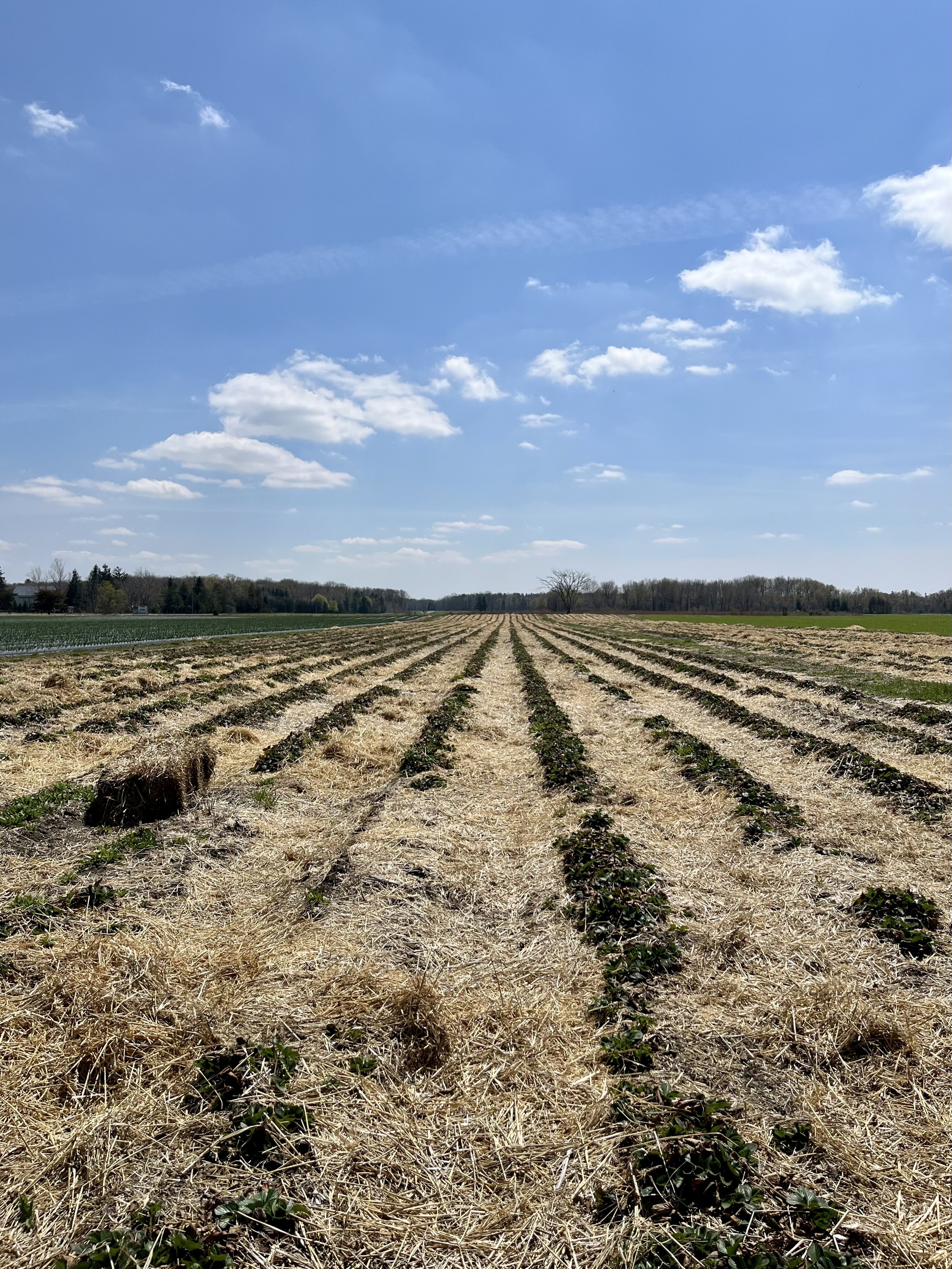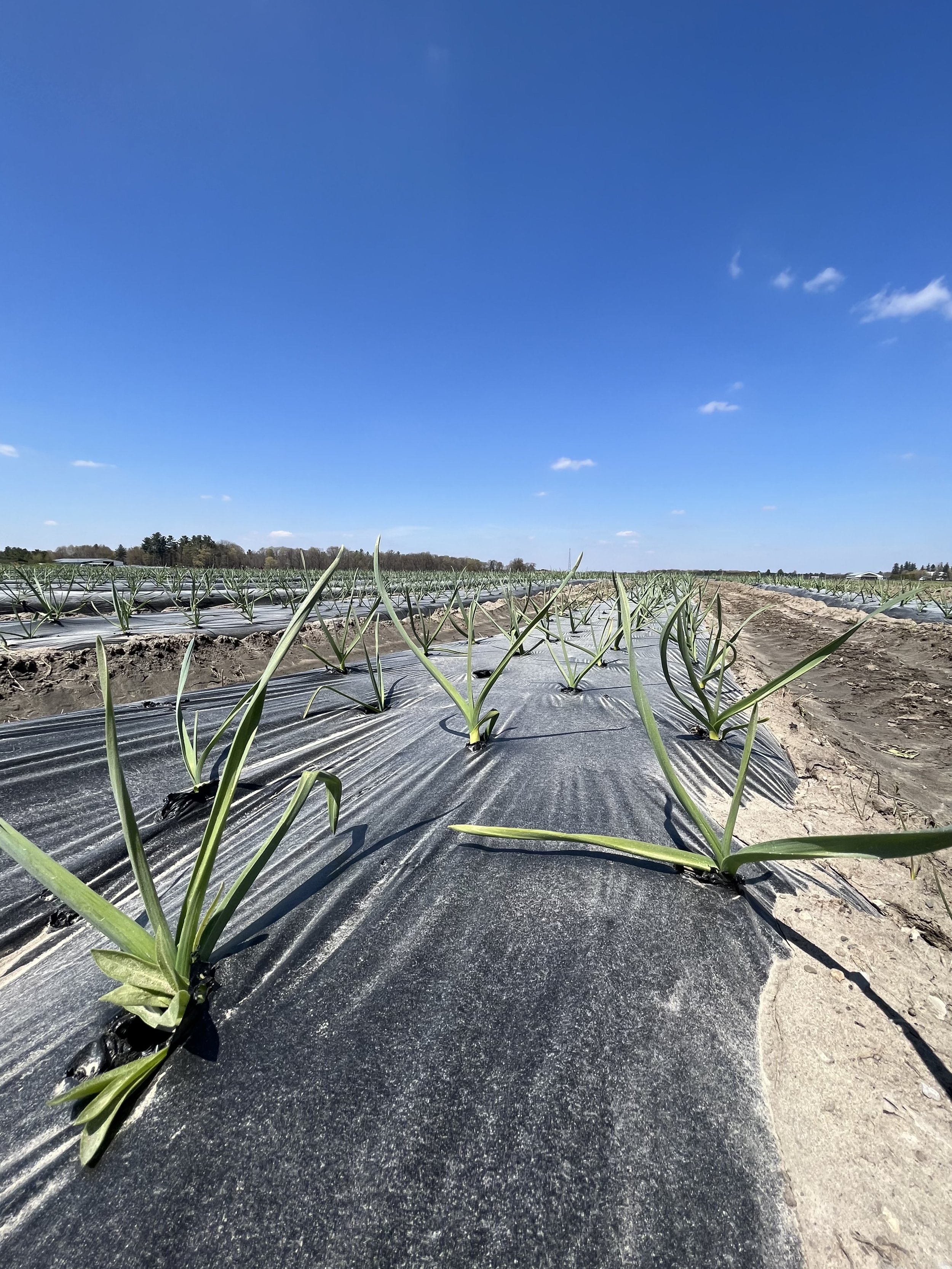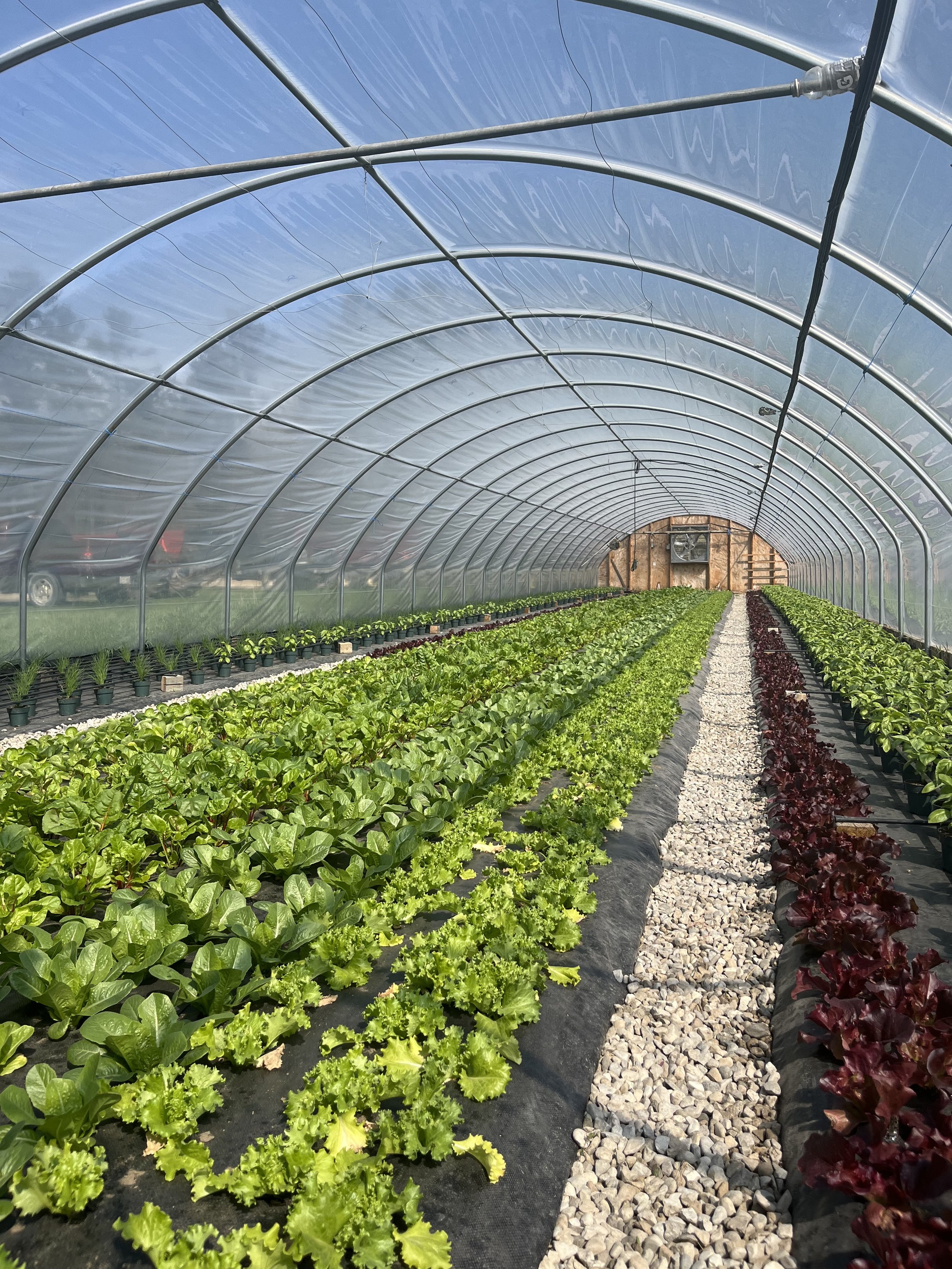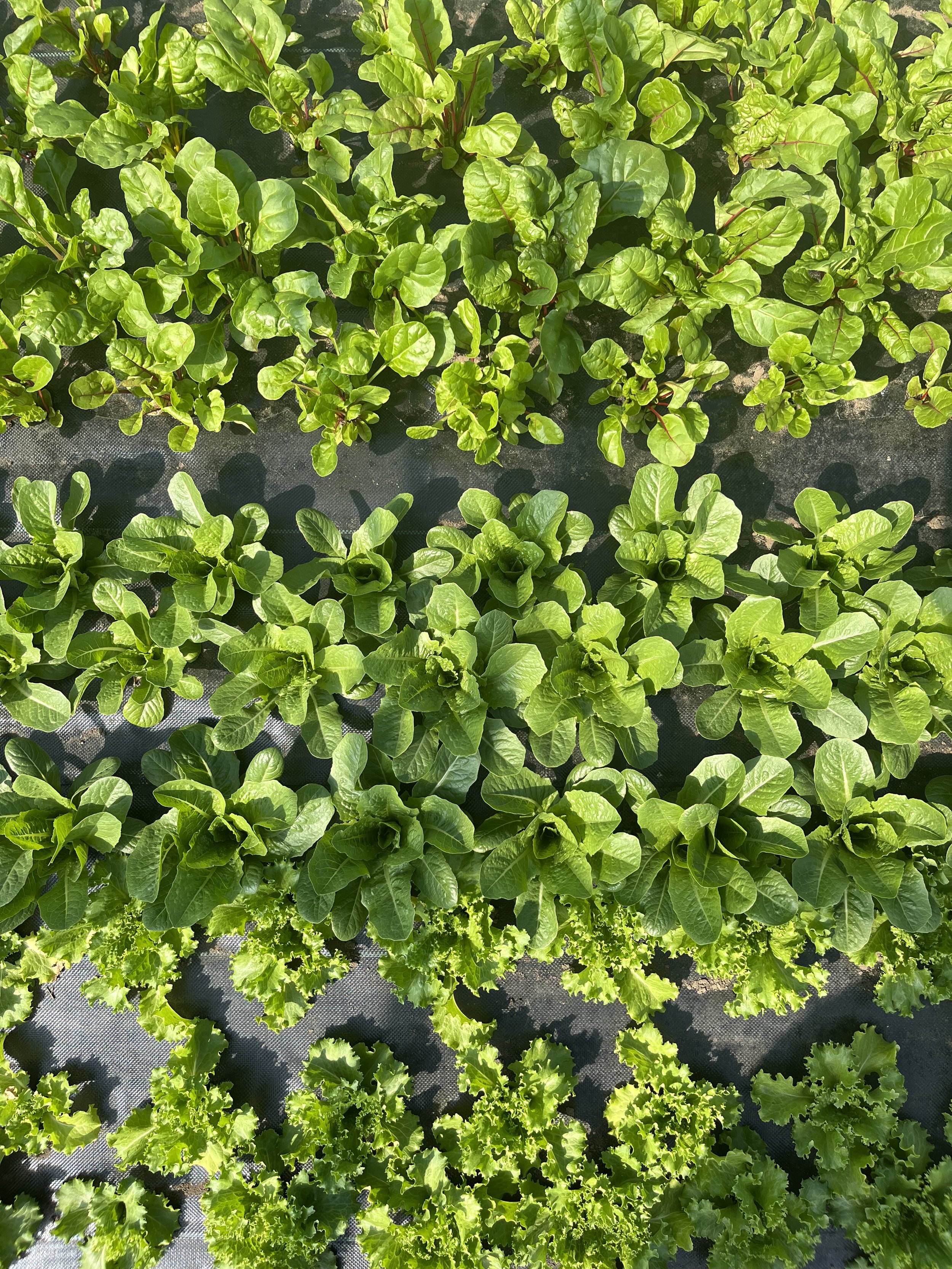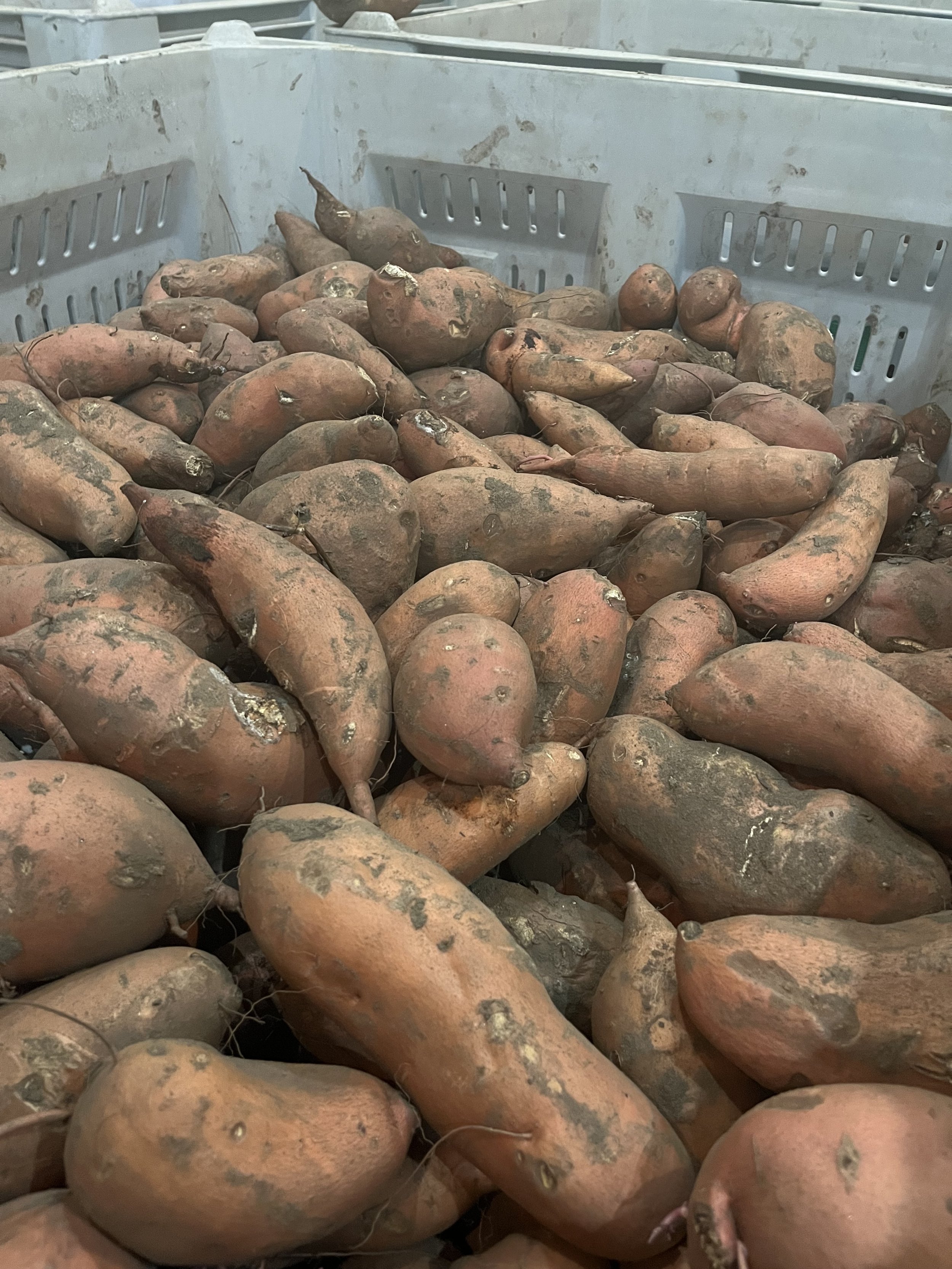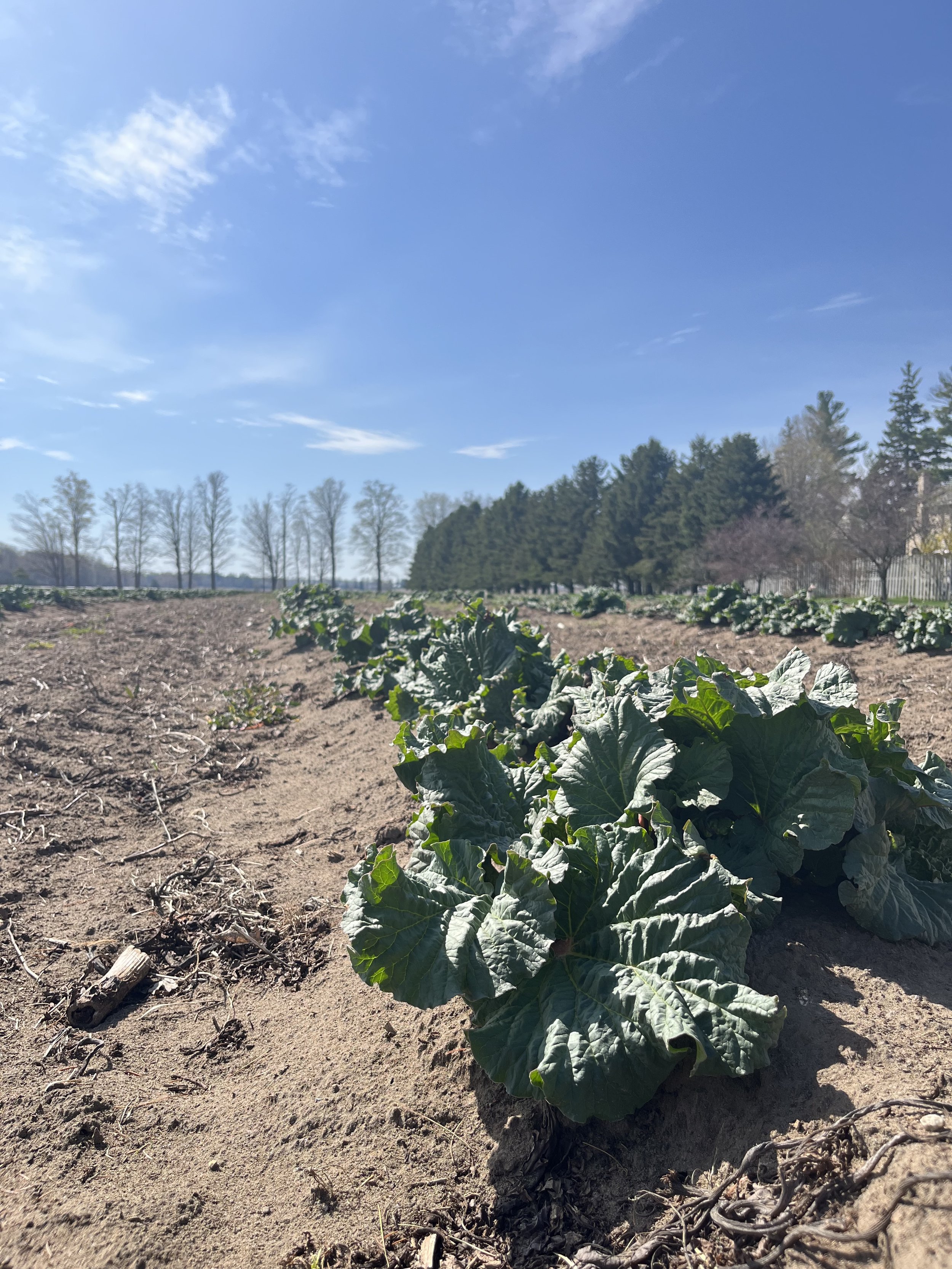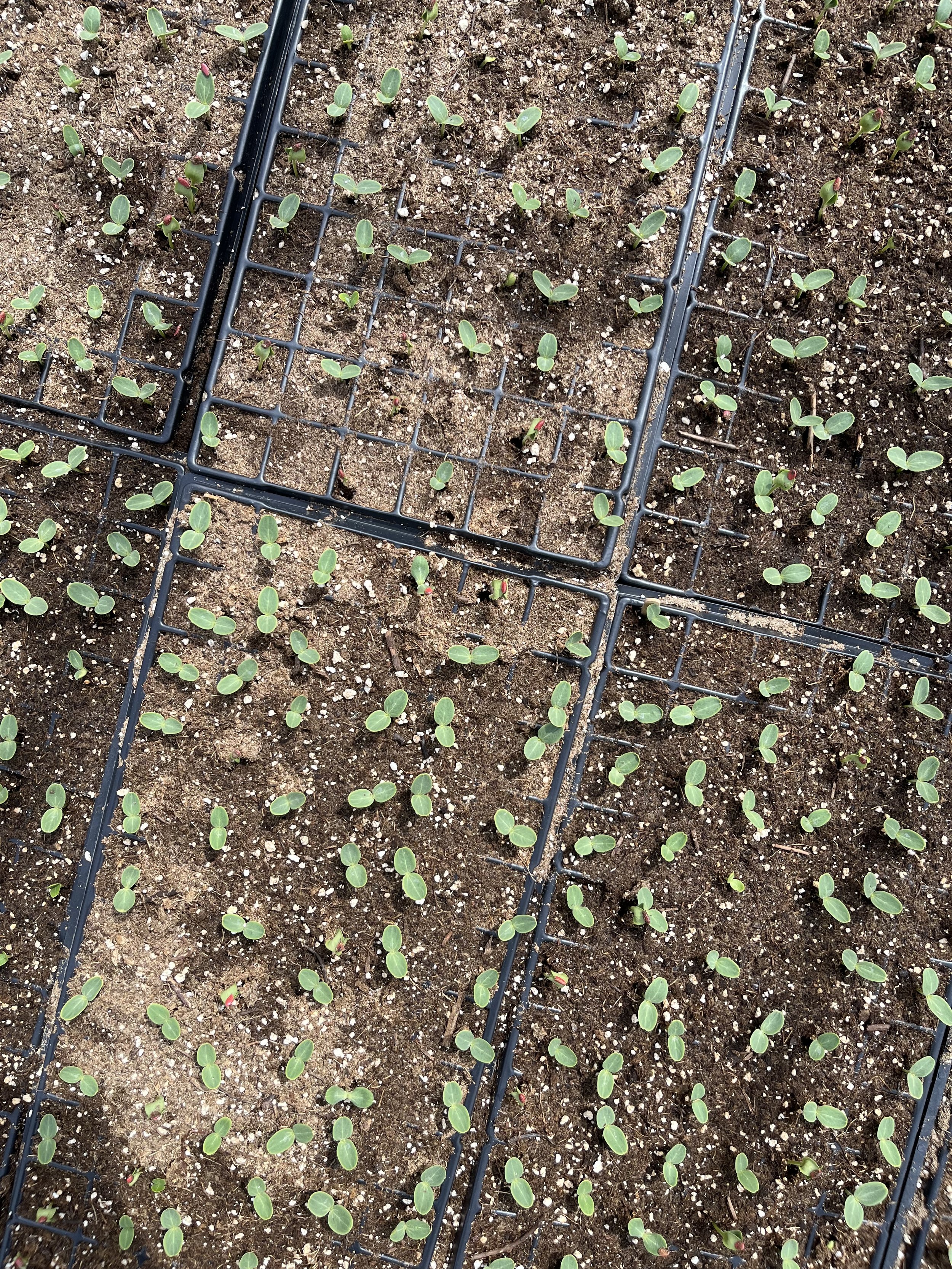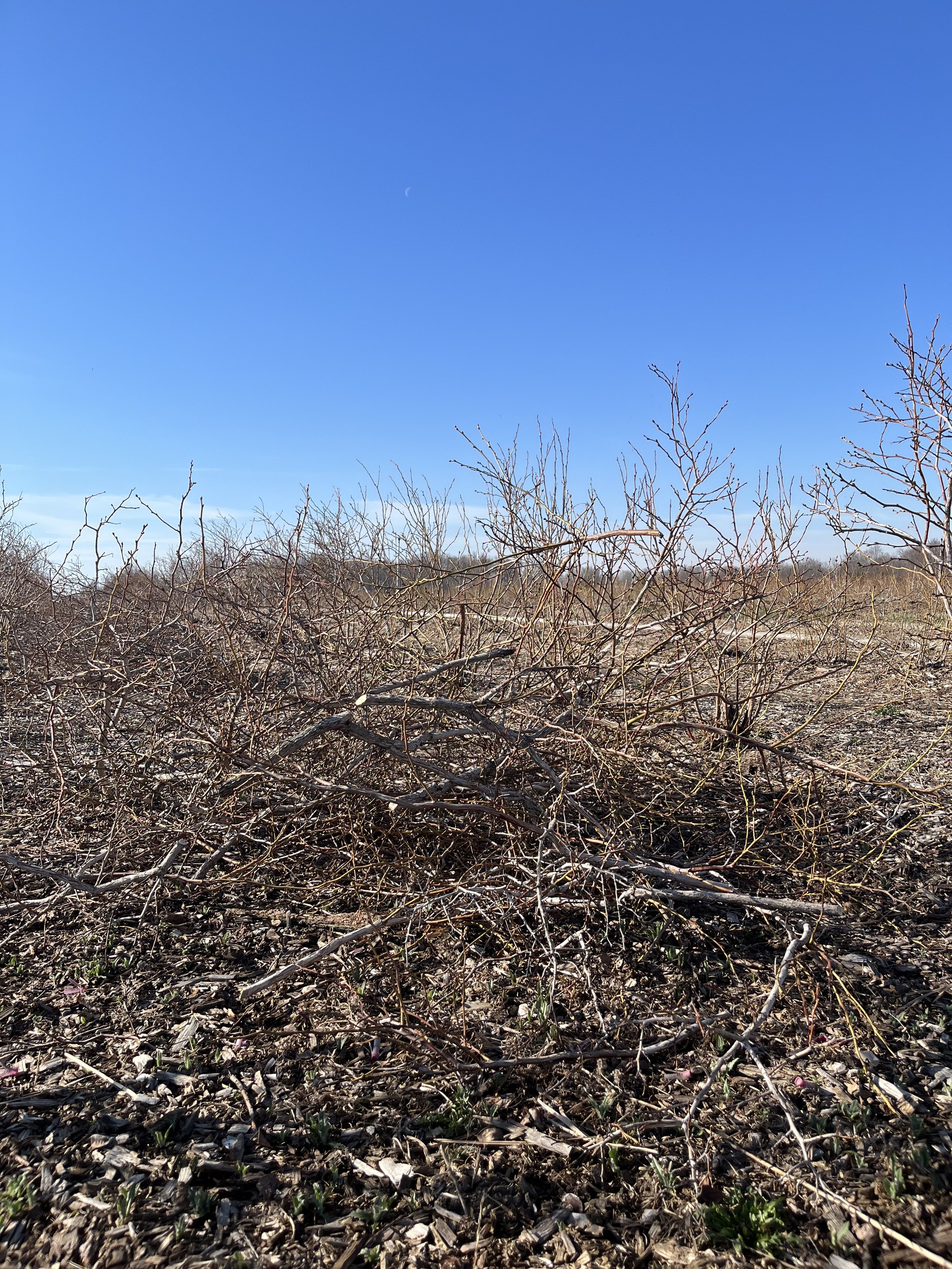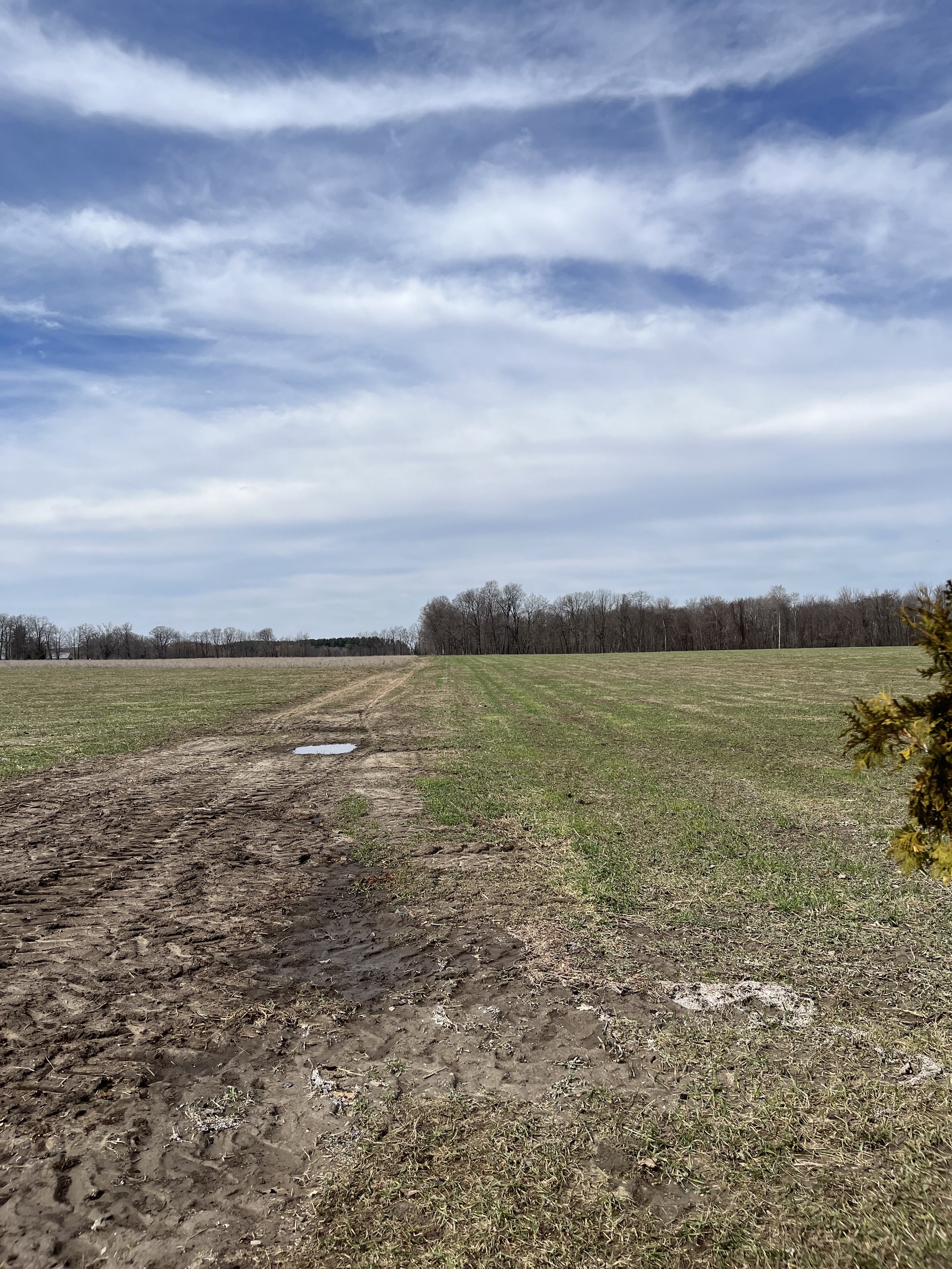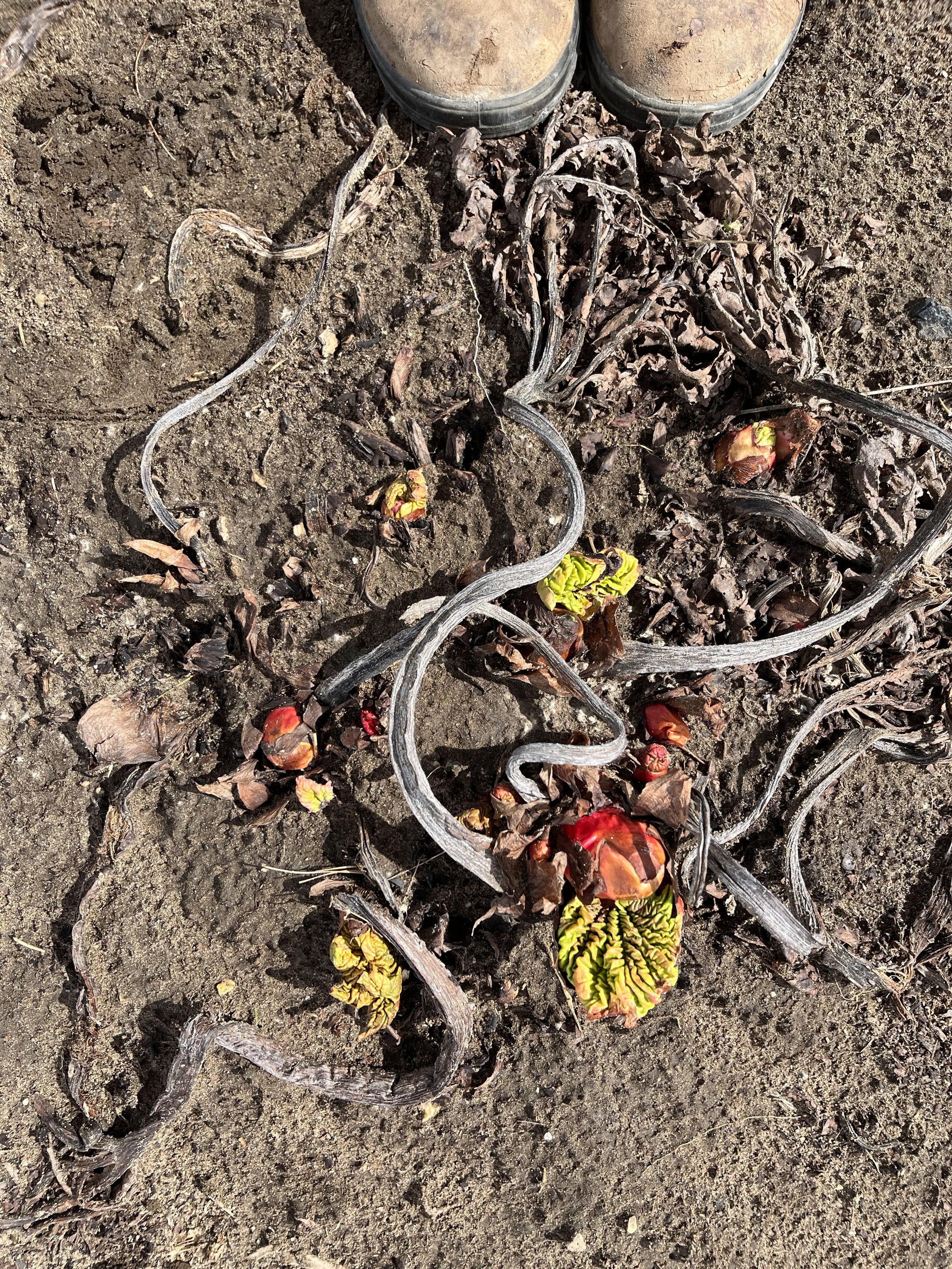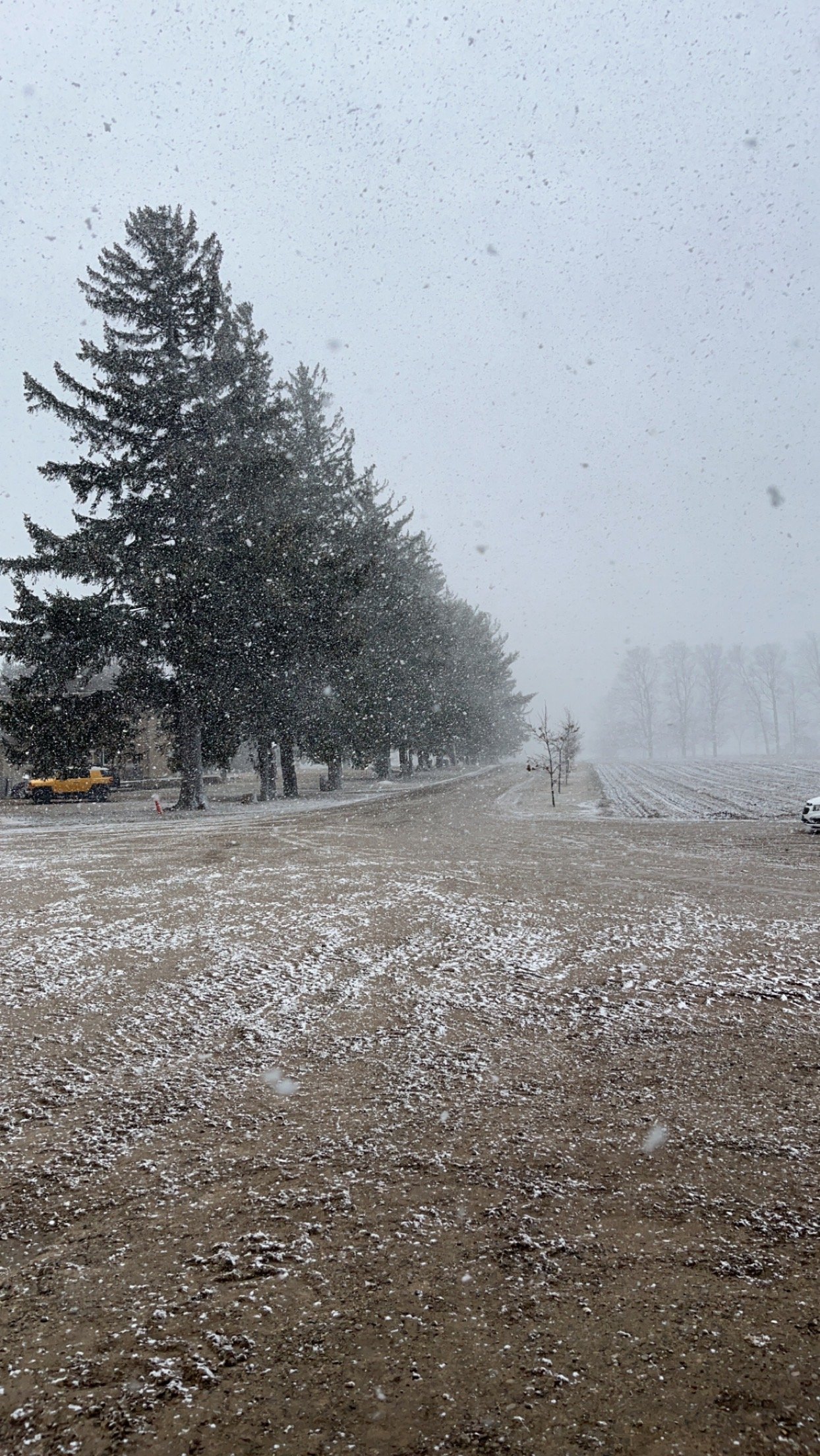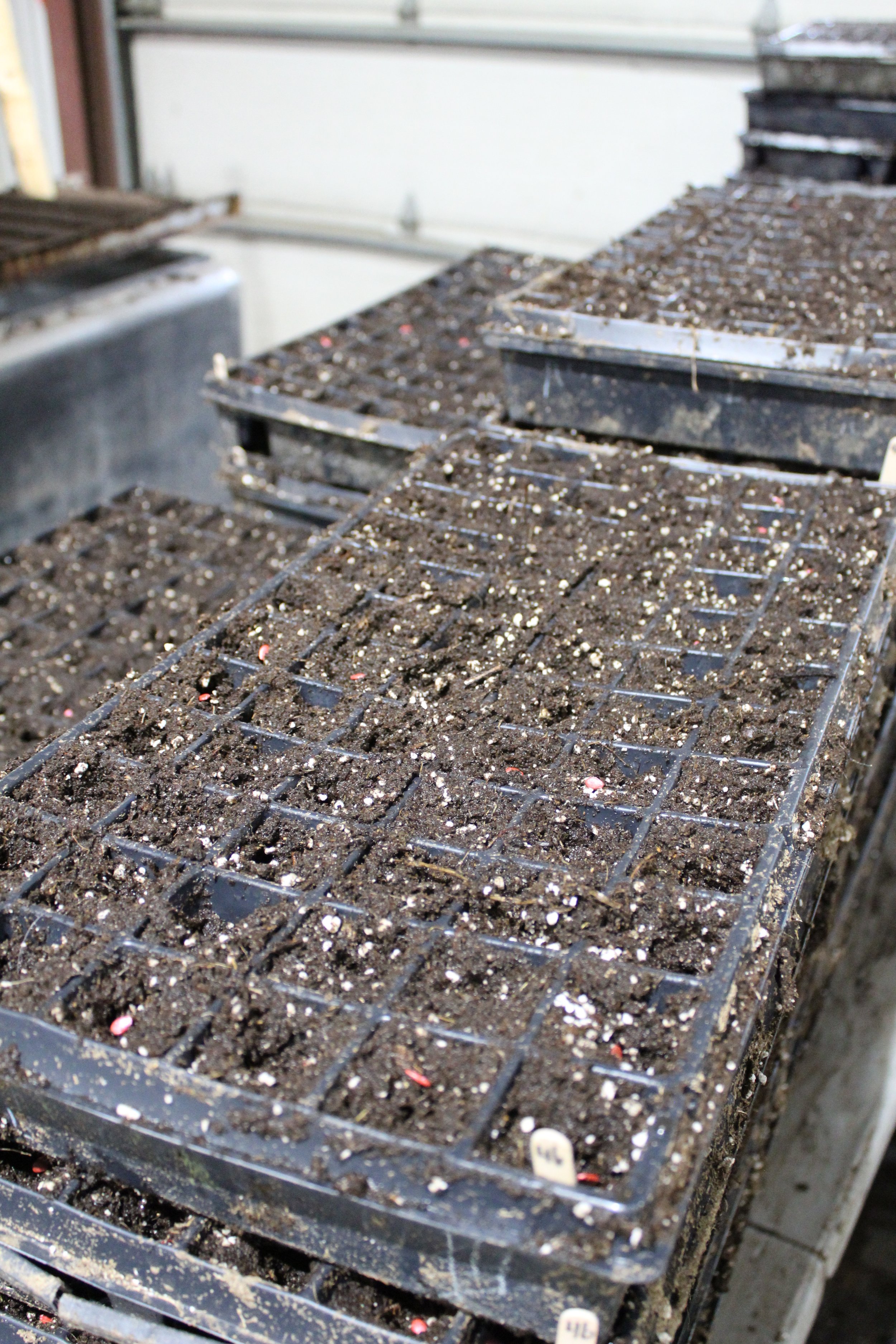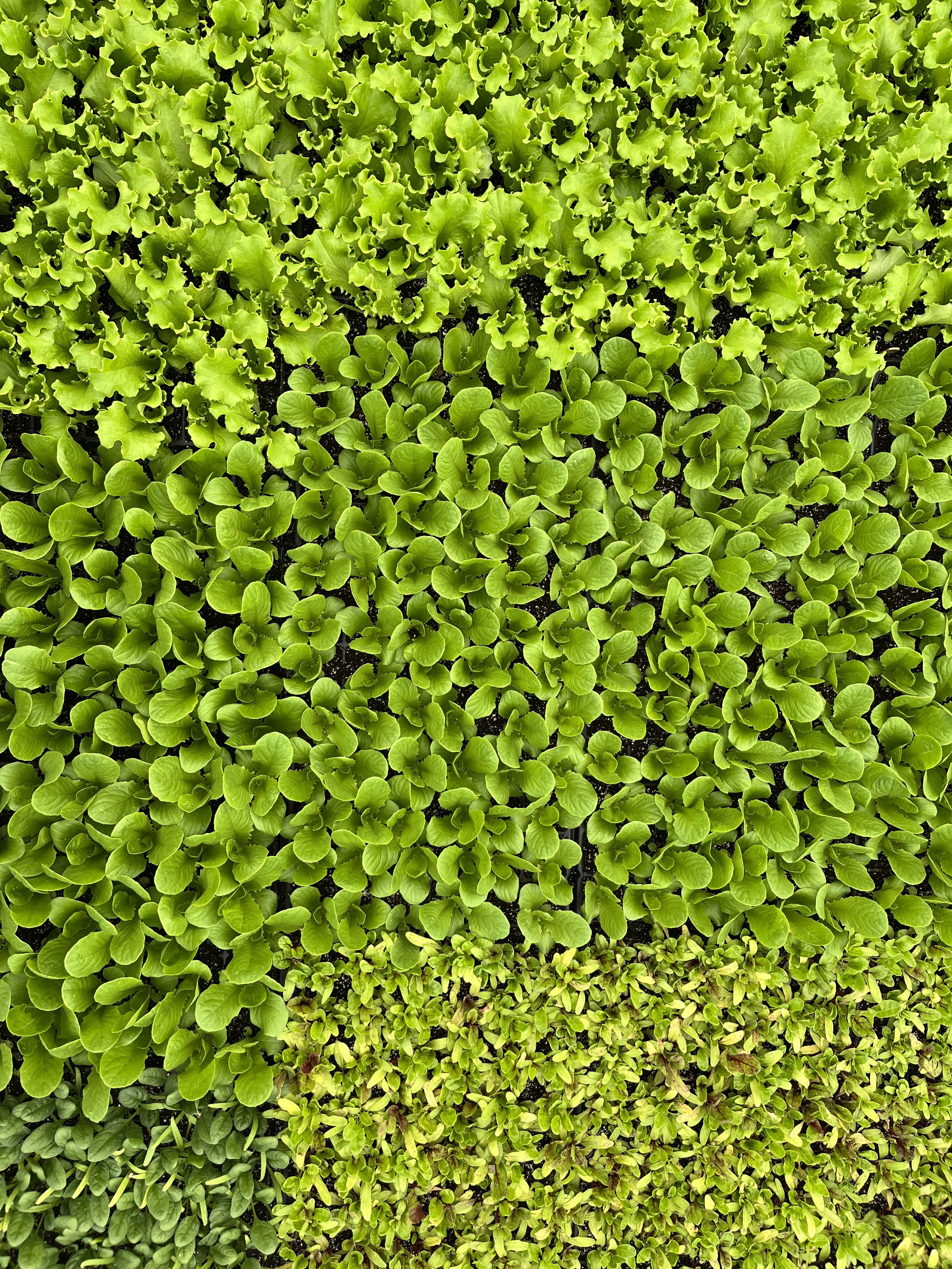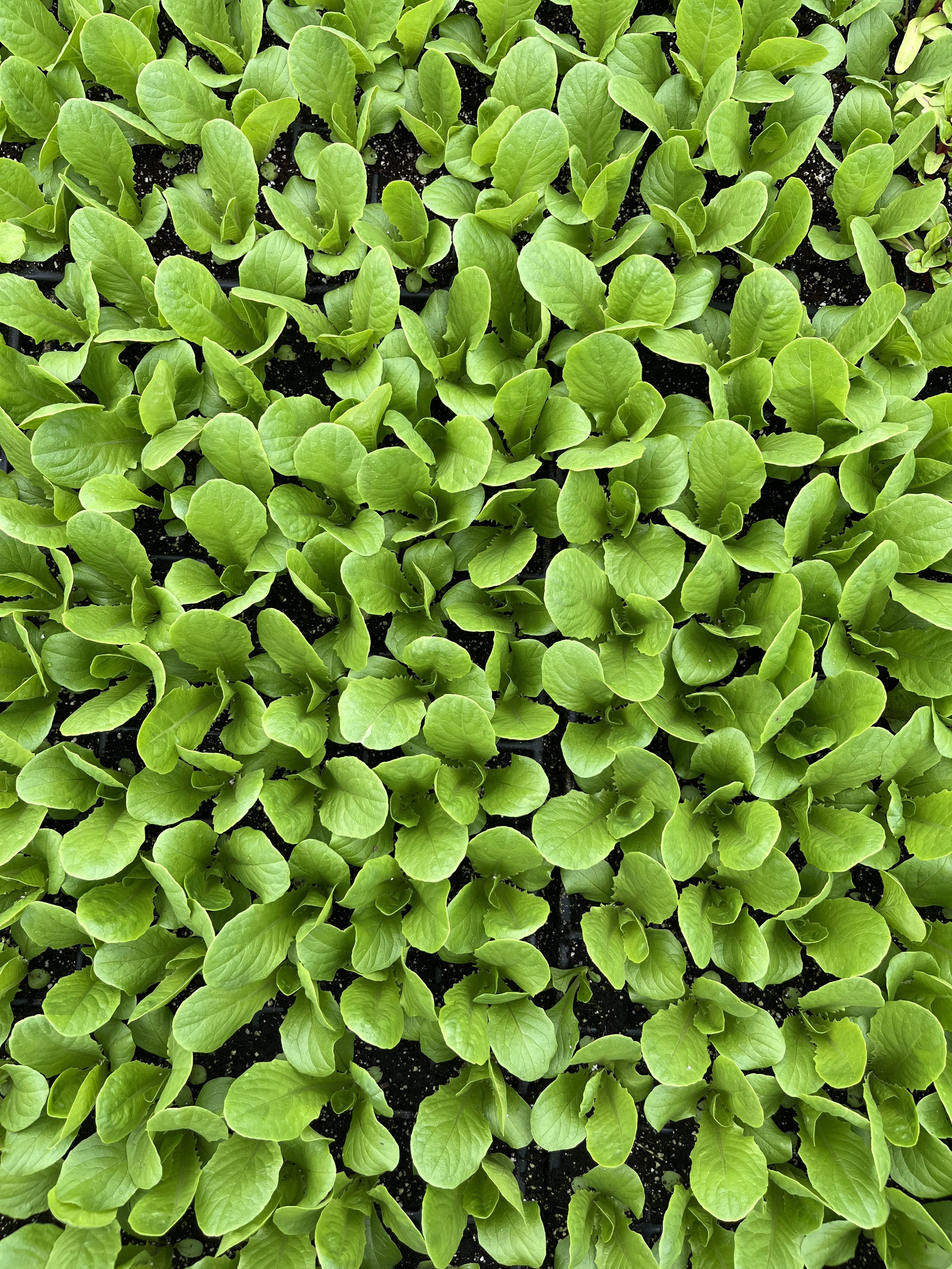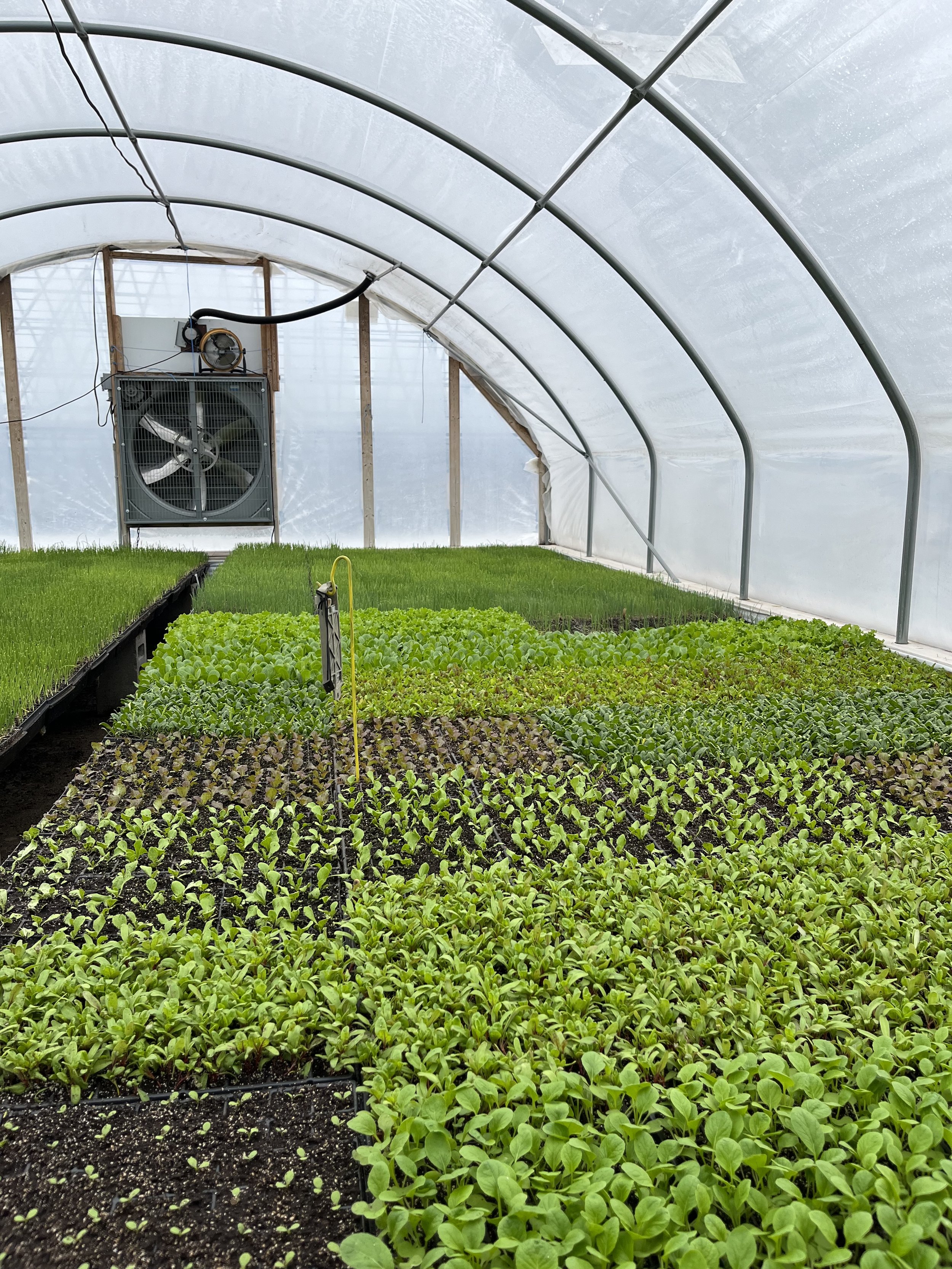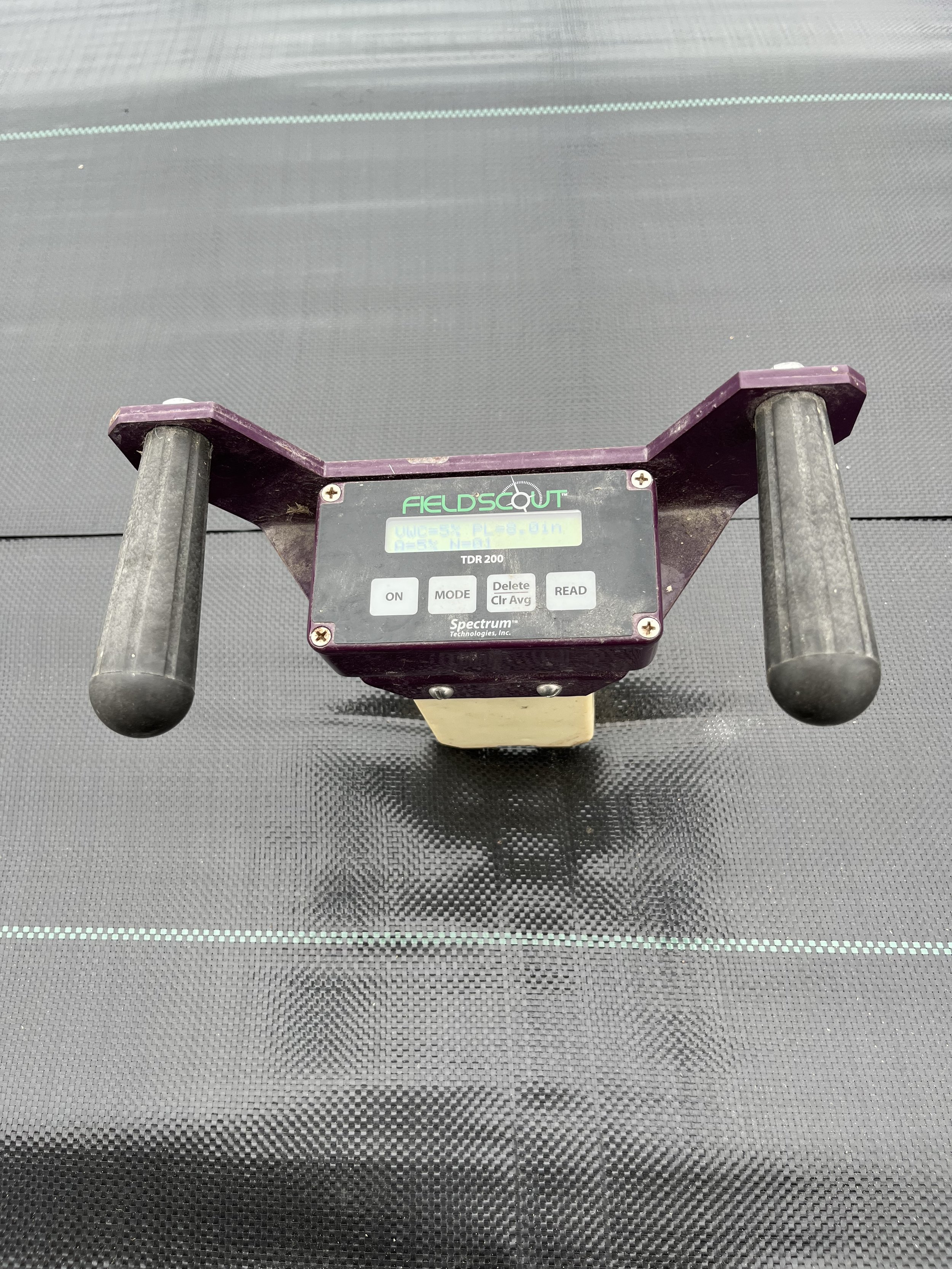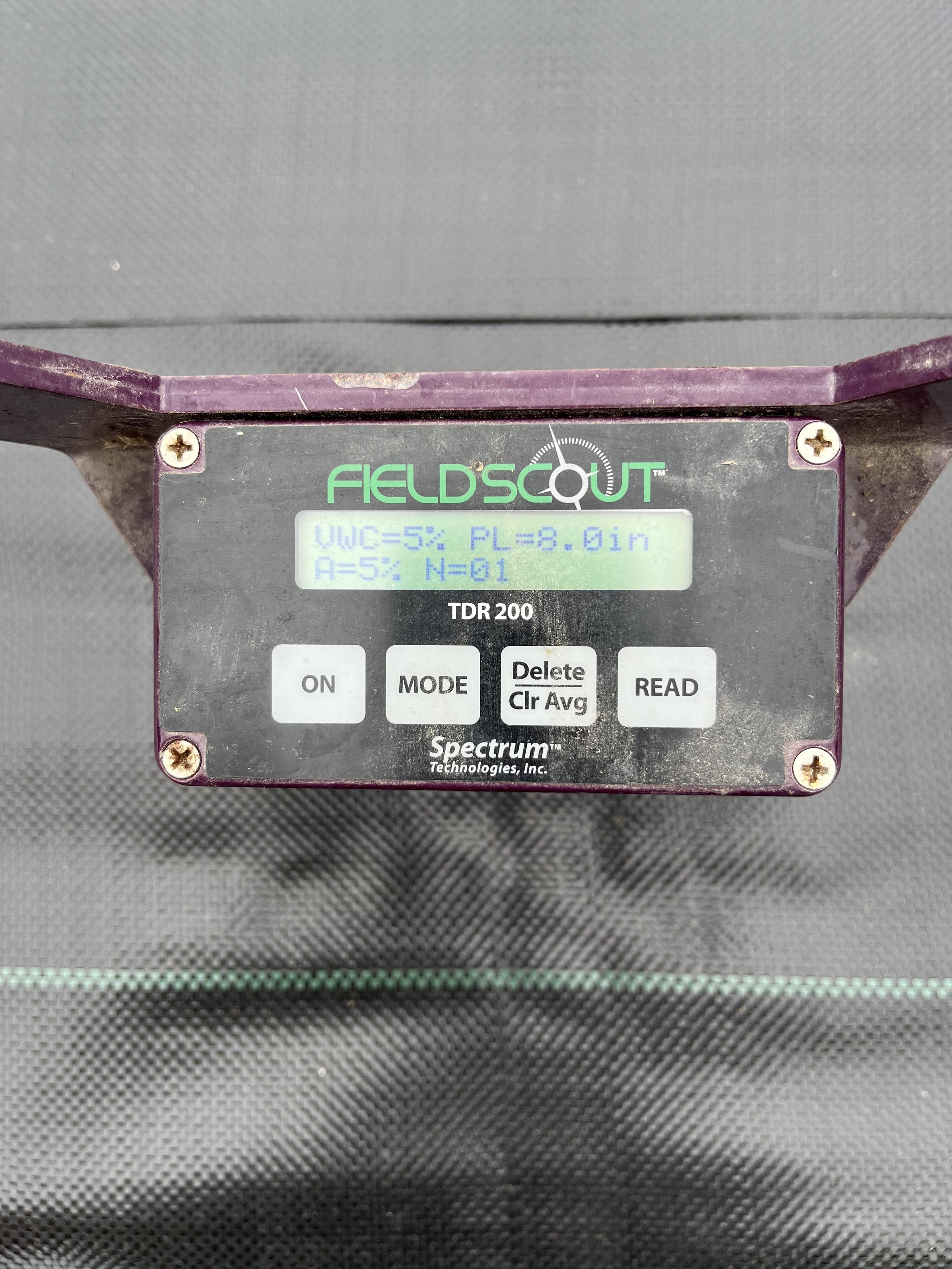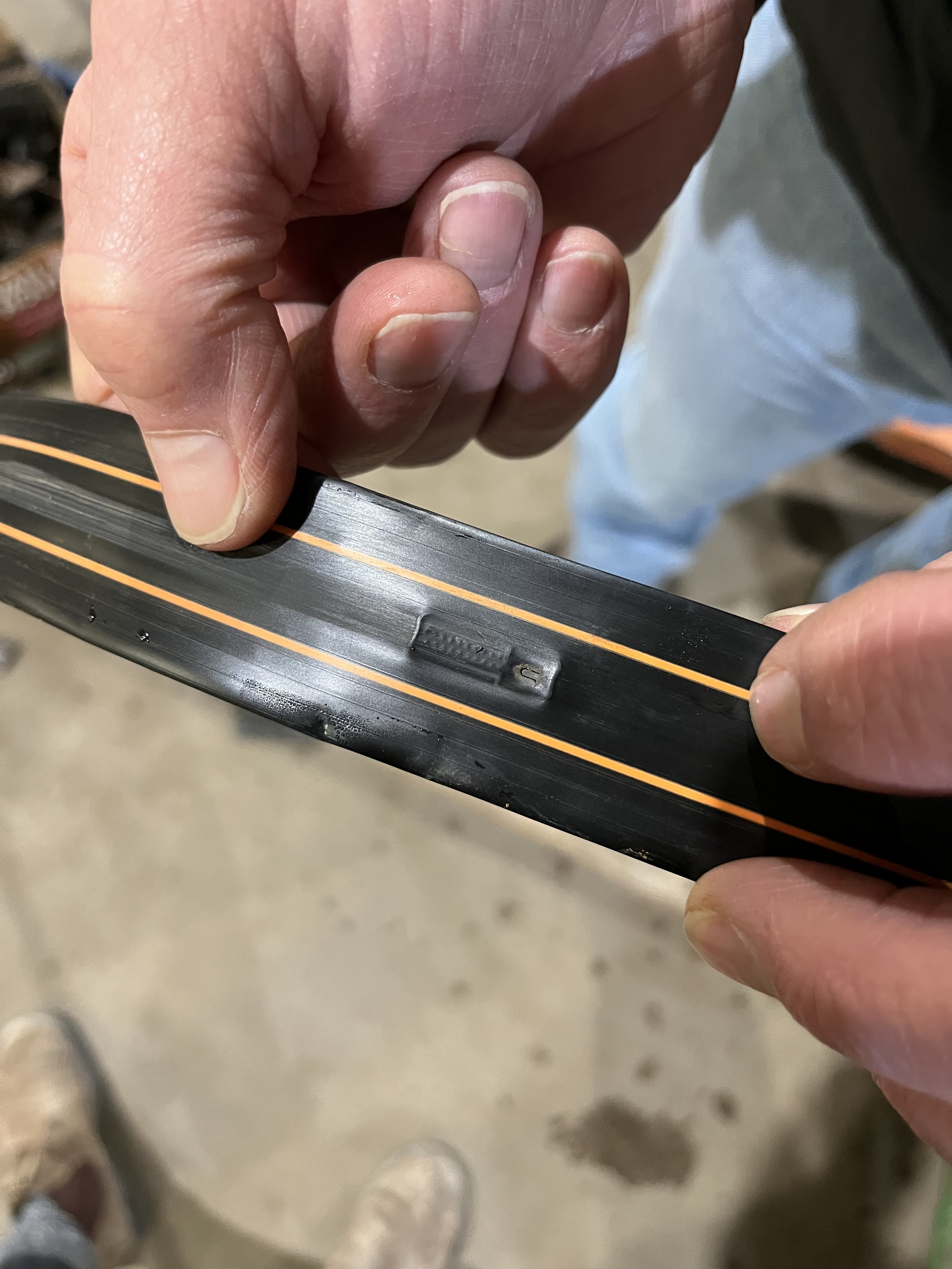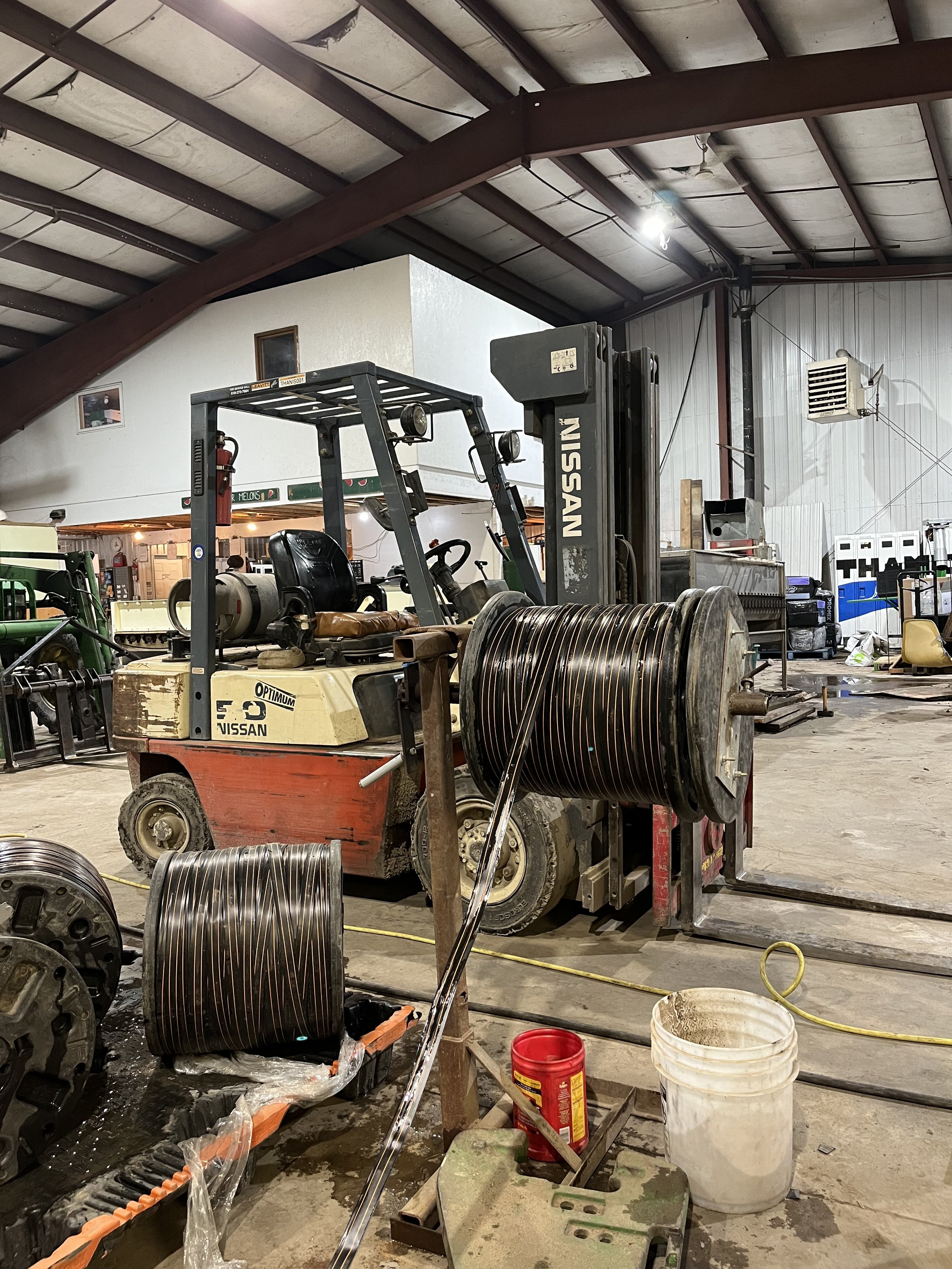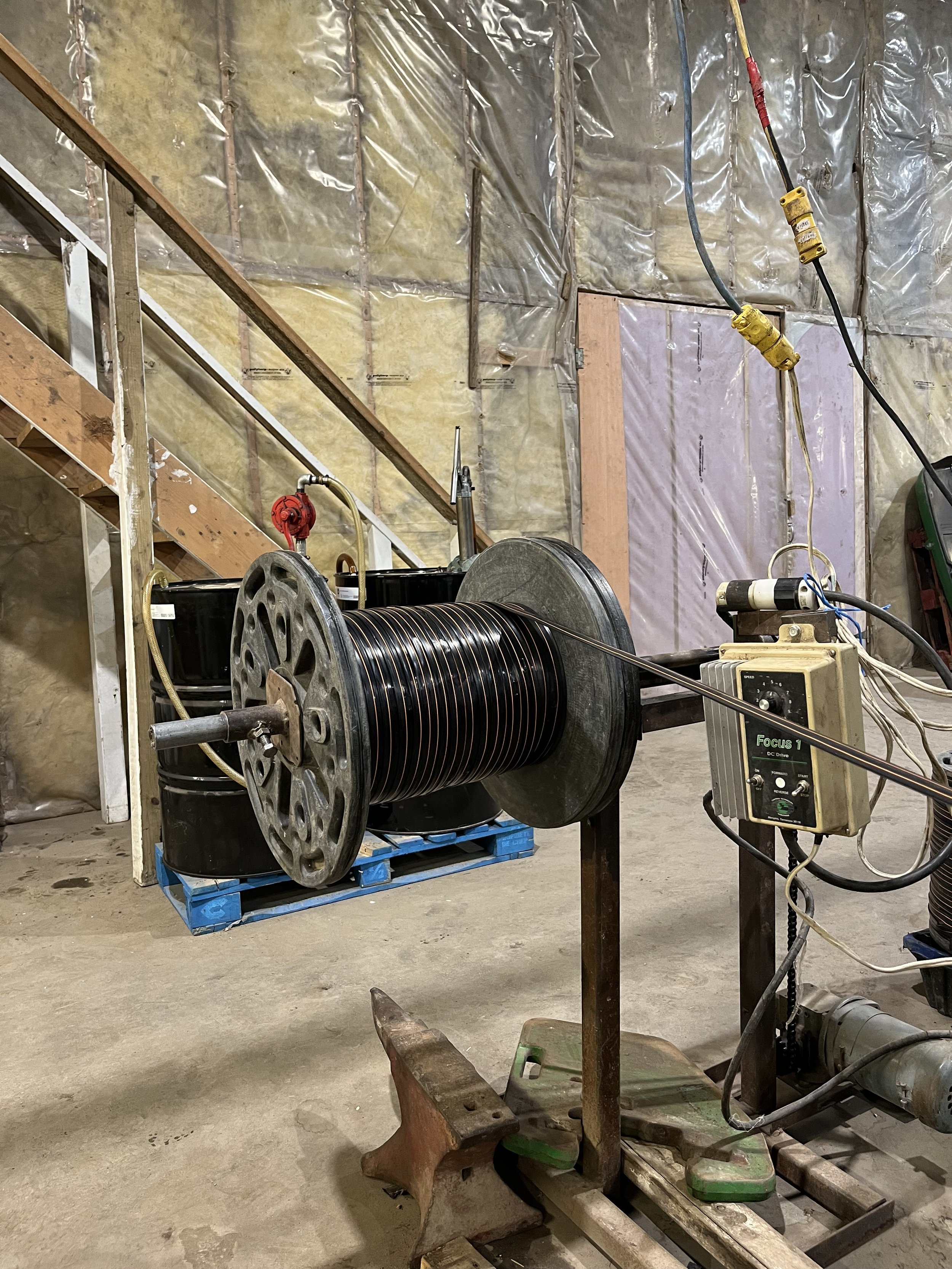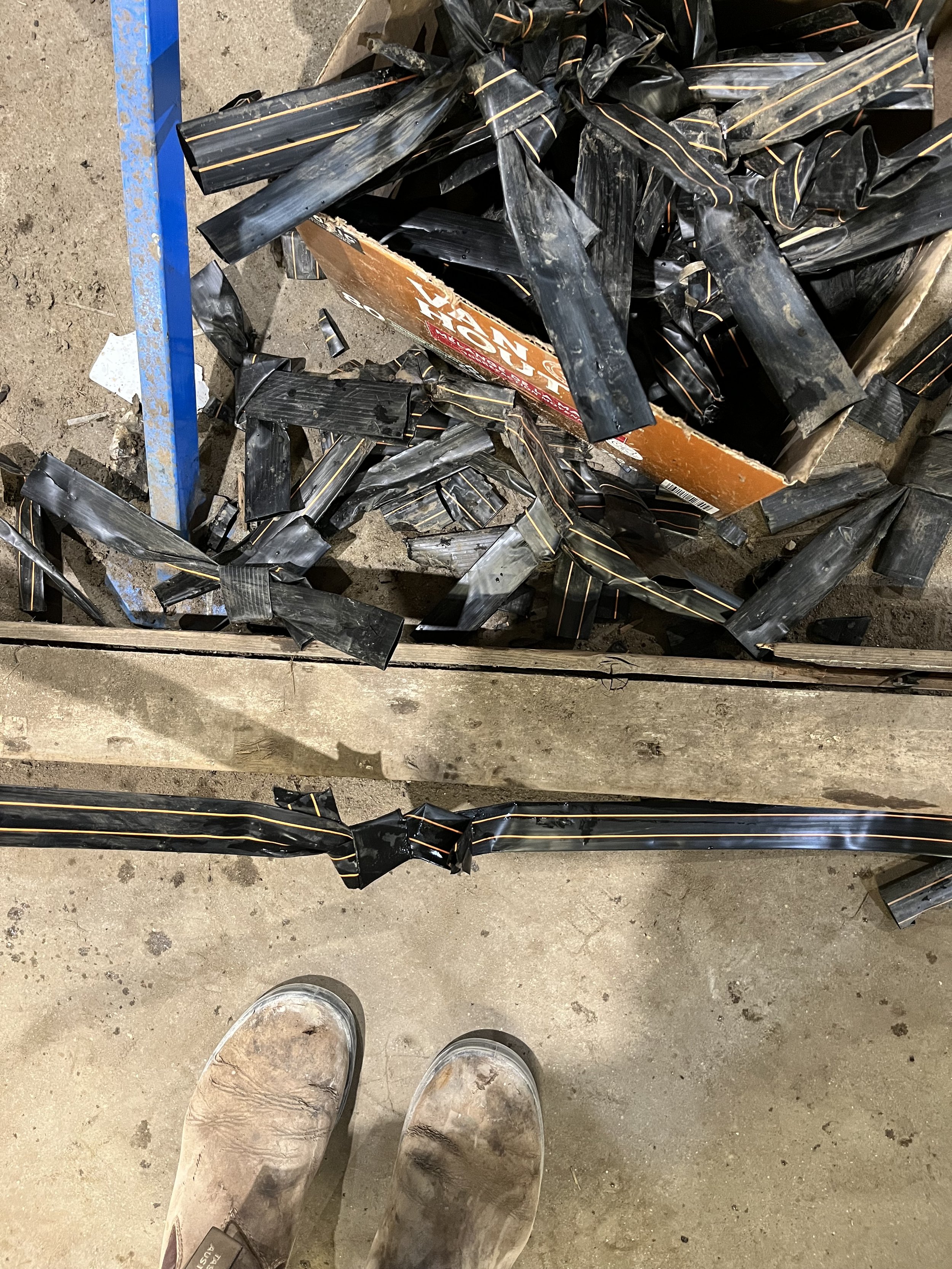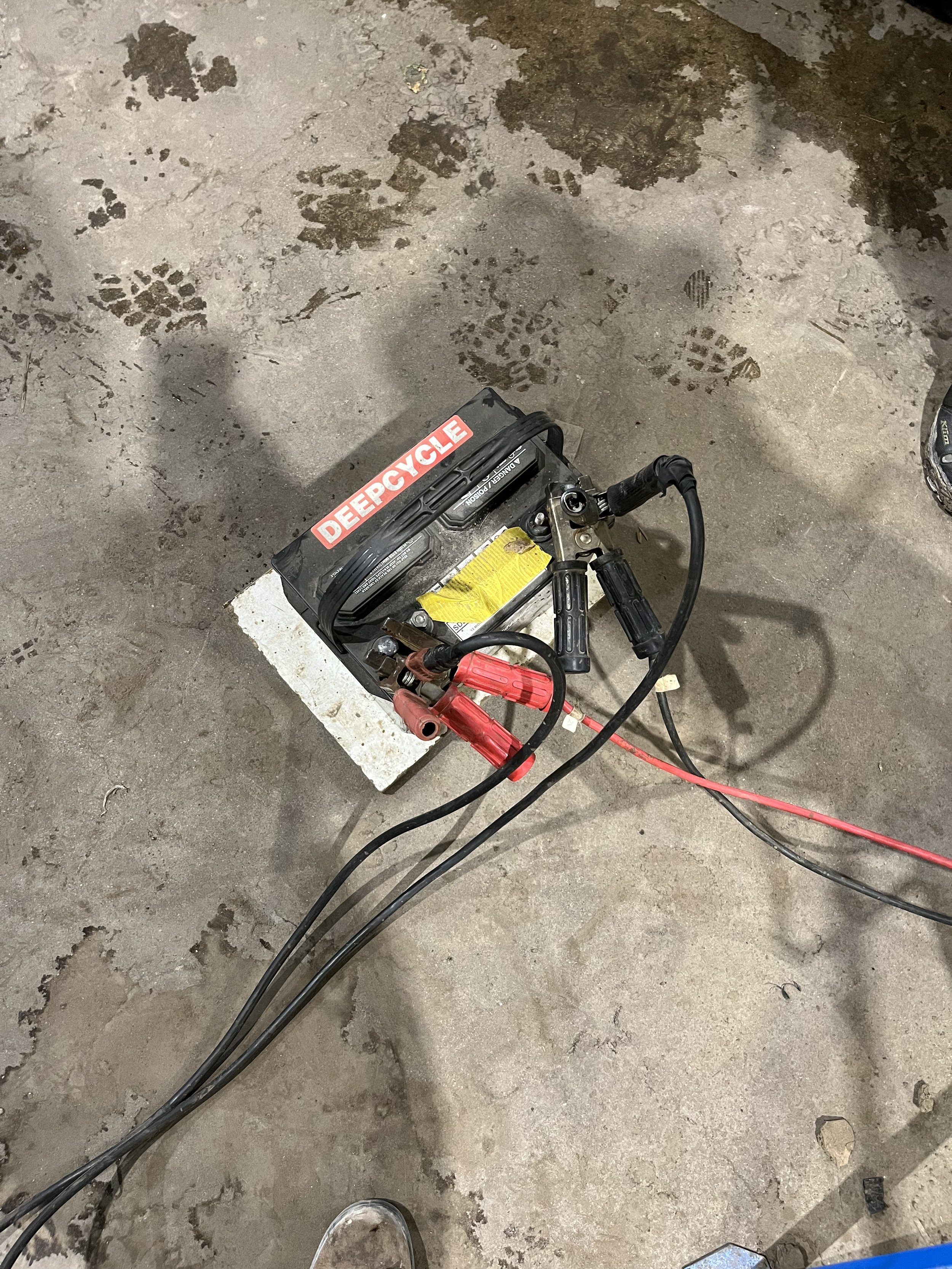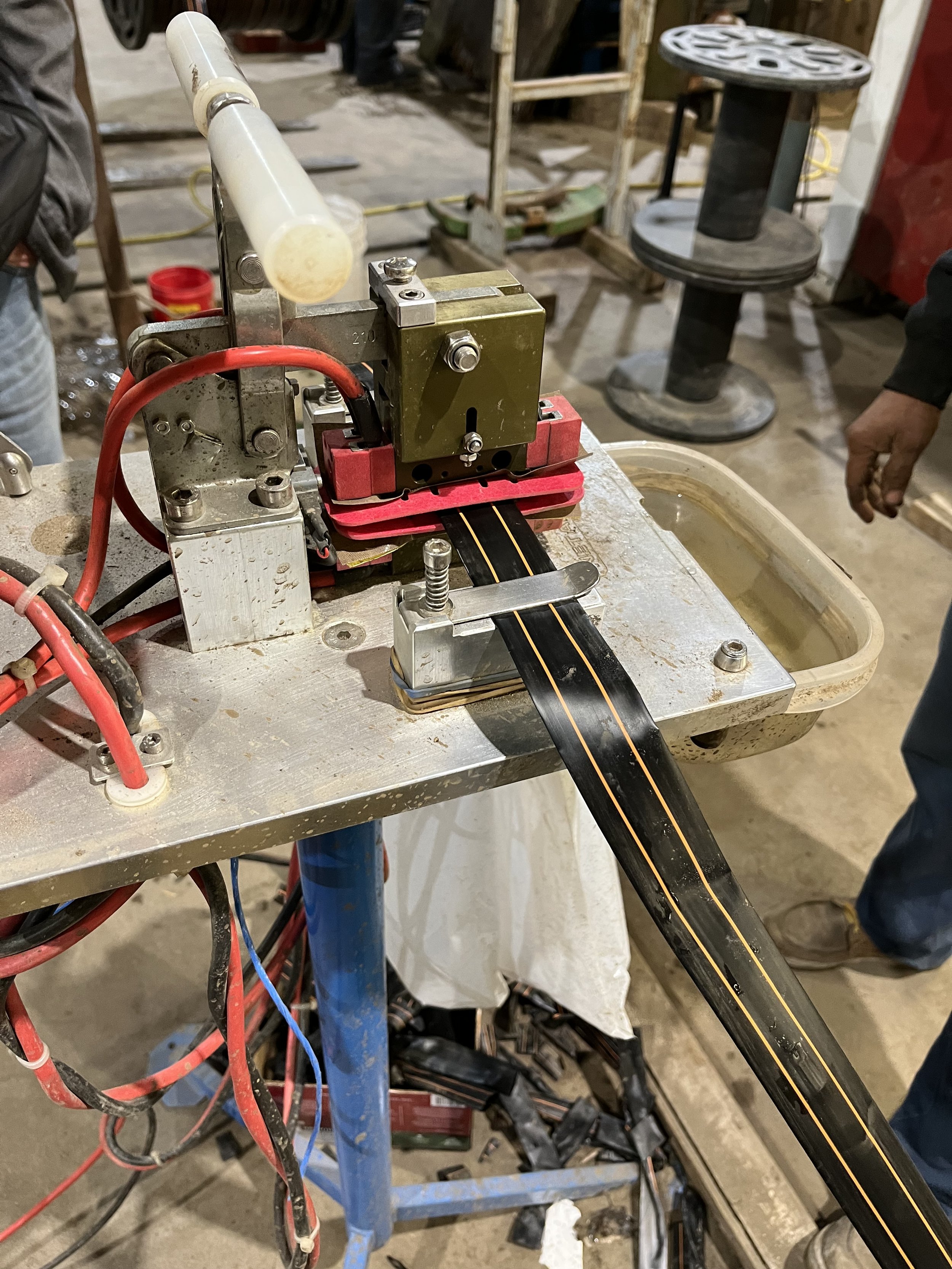Ingredients
2 cobs corn, boiled and kernels cut off
½ cup yogurt or sour cream
¼ cup mayonnaise
½ cup cheddar cheese
¼ cup cream cheese, softened
2 tablespoons parmesan cheese, divided in half
Red pepper flakes
1 teaspoon paprika
1 teaspoon chili powder
1 teaspoon lime juice
3 green onions, diced
4 potatoes, very thinly sliced
Canola oil
Spices
Instructions
Preheat oven to 425°F.
Bring a large pot of water to a boil over high heat.
Add the husked cobs of corn to the water and boil until bright yellow, around 6 – 7 minutes.
Remove the corn from the boiling water and once cool enough to handle cut the kernels off the cob.
While the corn cools, combine yogurt, mayonnaise, cheeses (except for 1 tablespoon of Parmesan), spices, lime juice, and green onions in a medium bowl and mix thoroughly. Add corn kernels and mix again.
Transfer the dip mix to a 9-inch round pie plate or an 8x8 square baking dish that has been greased with cooking spray. Smooth into an even layer then sprinkle with the remaining 1 tablespoon of Parmesan.
Transfer the dish to the oven and bake for 30 minutes.
During the first 10 minutes of baking, wash and very thinly slice your potatoes.
Add the potato slices to a bowl, drizzle with oil, and sprinkle with spices (your choice! I went with chili powder, oregano, and garlic powder) as well as salt and pepper.
Spread the seasoned and oiled potato slices into a single even layer on baking sheets lined with parchment. You will likely need two sheets, as it’s very important for the potatoes to be spread out, and not touching. This will help get them nice and crispy!
Bake for 20 minutes, until golden brown and crispy.
Remove the dip and the chips from the oven and enjoy them together. This dip can also be served as a sandwich spread, or a taco-topper.
Recipe developed & photographed by Alex Chesney, RD










